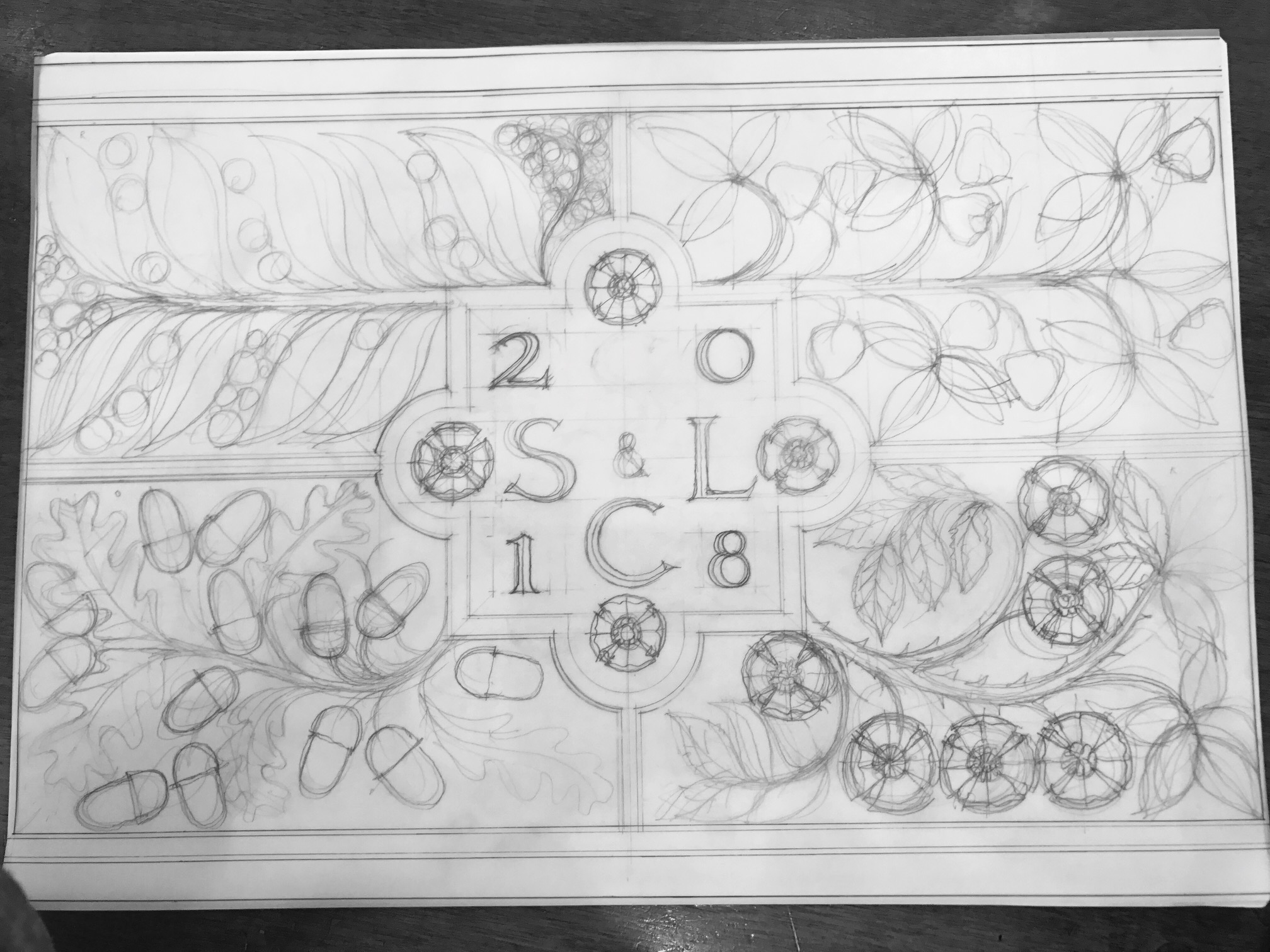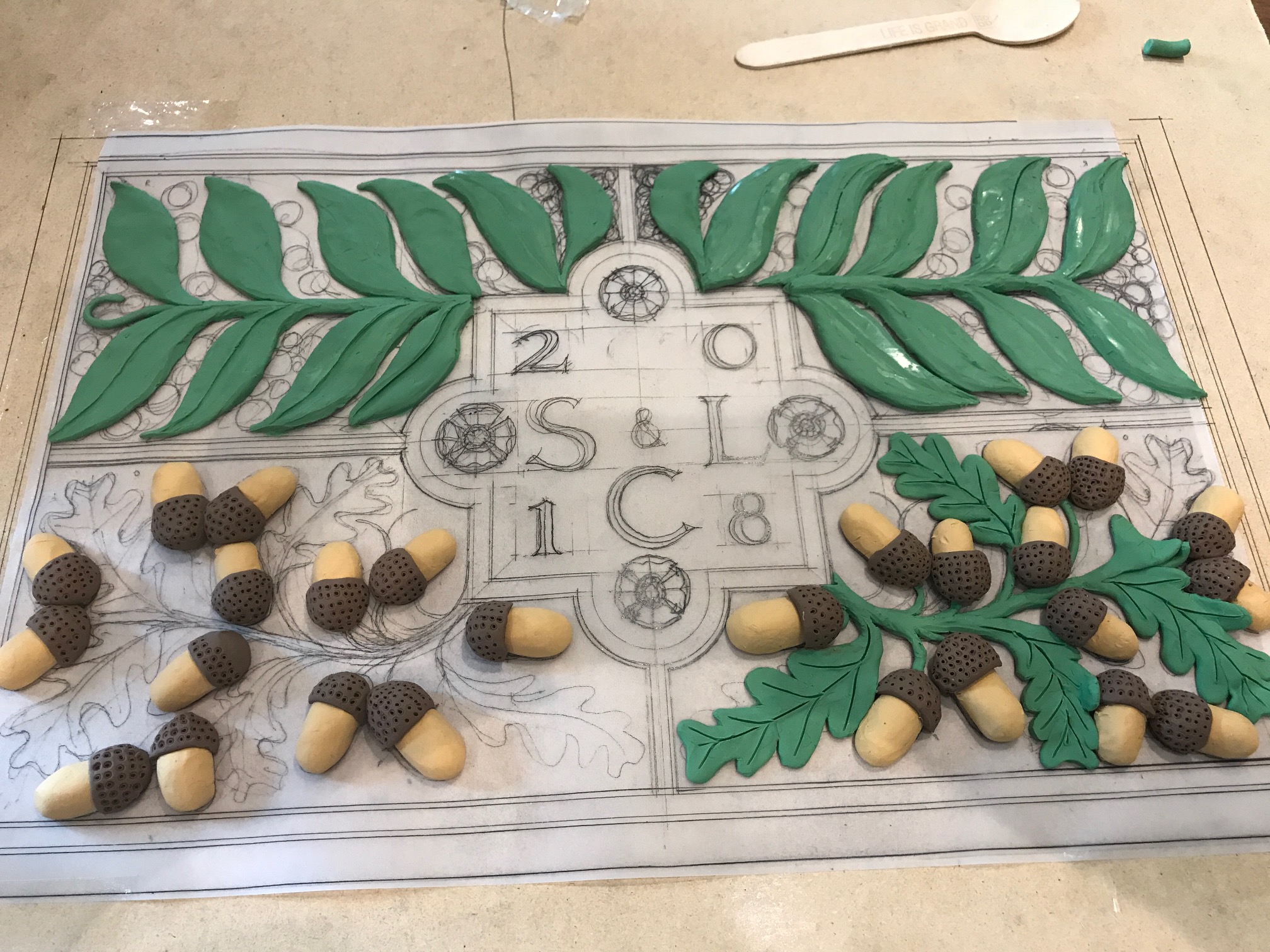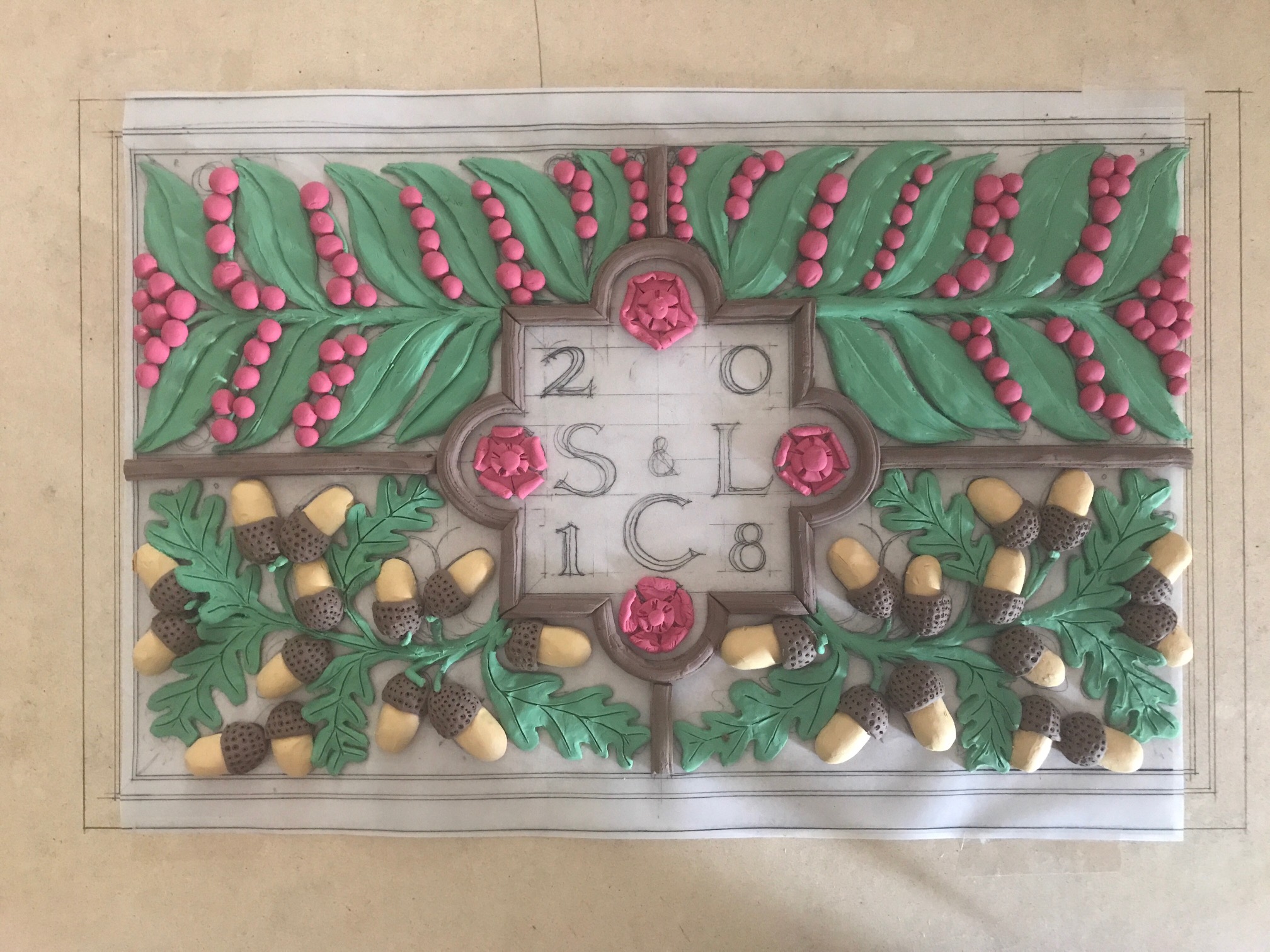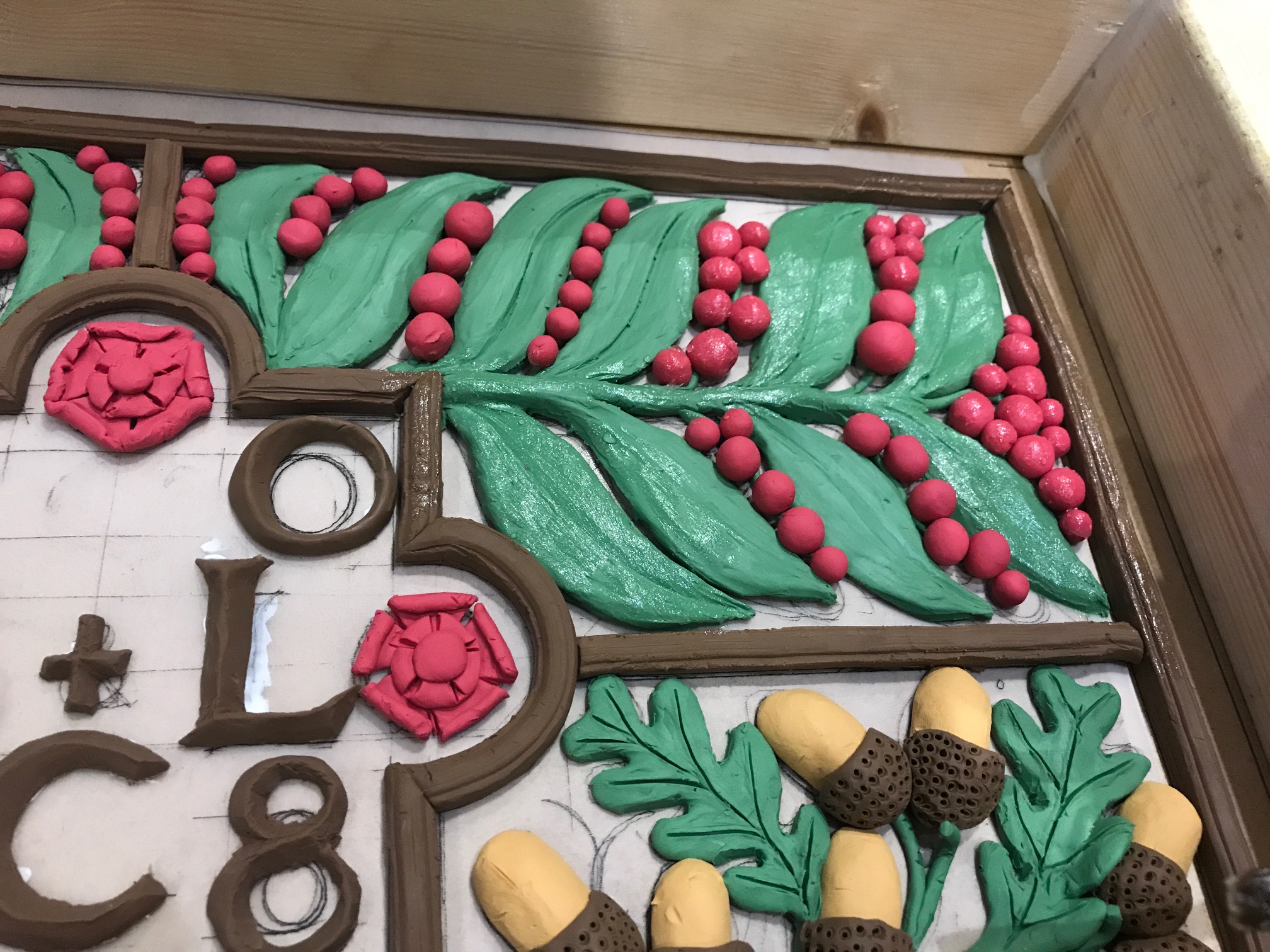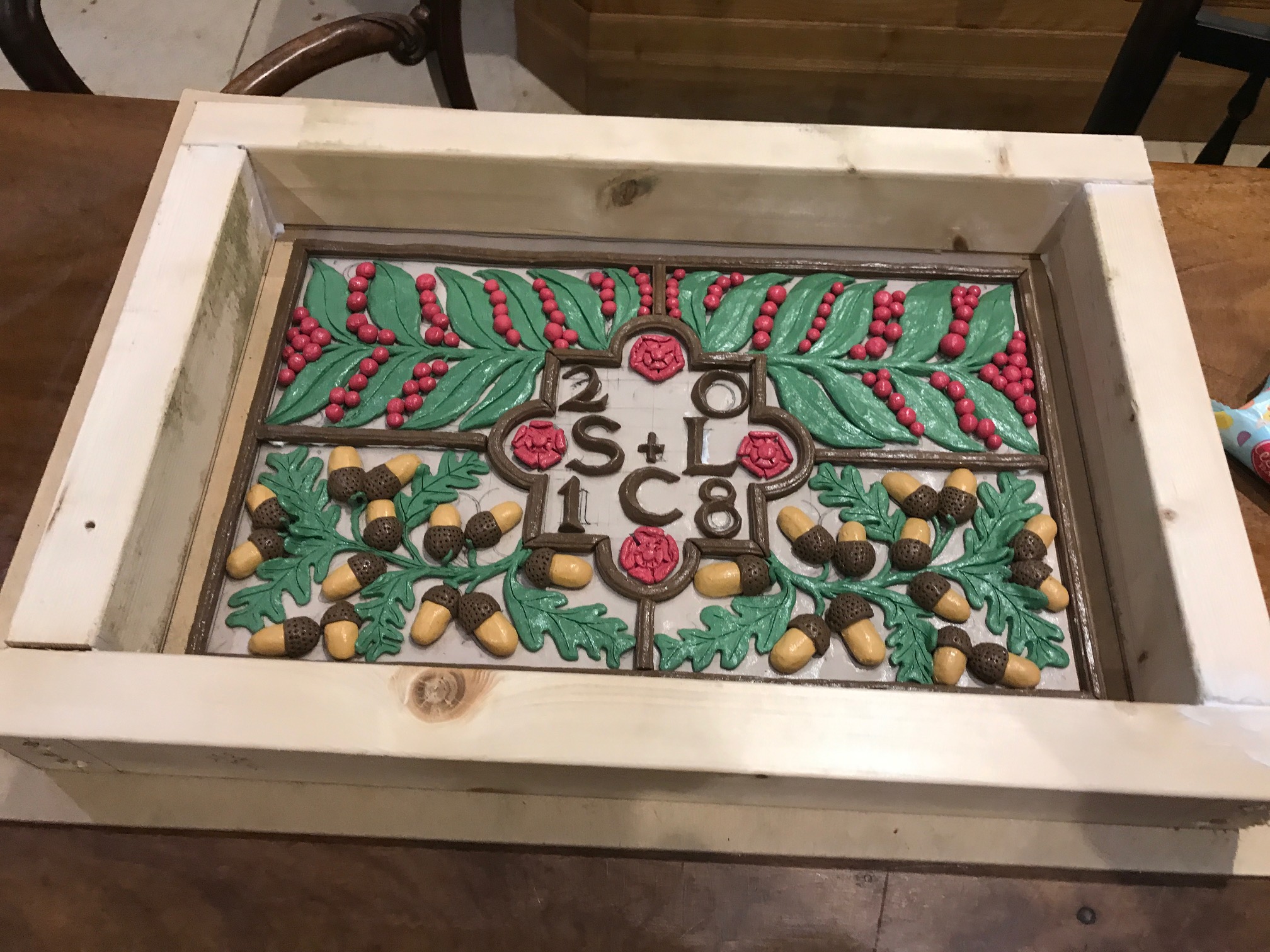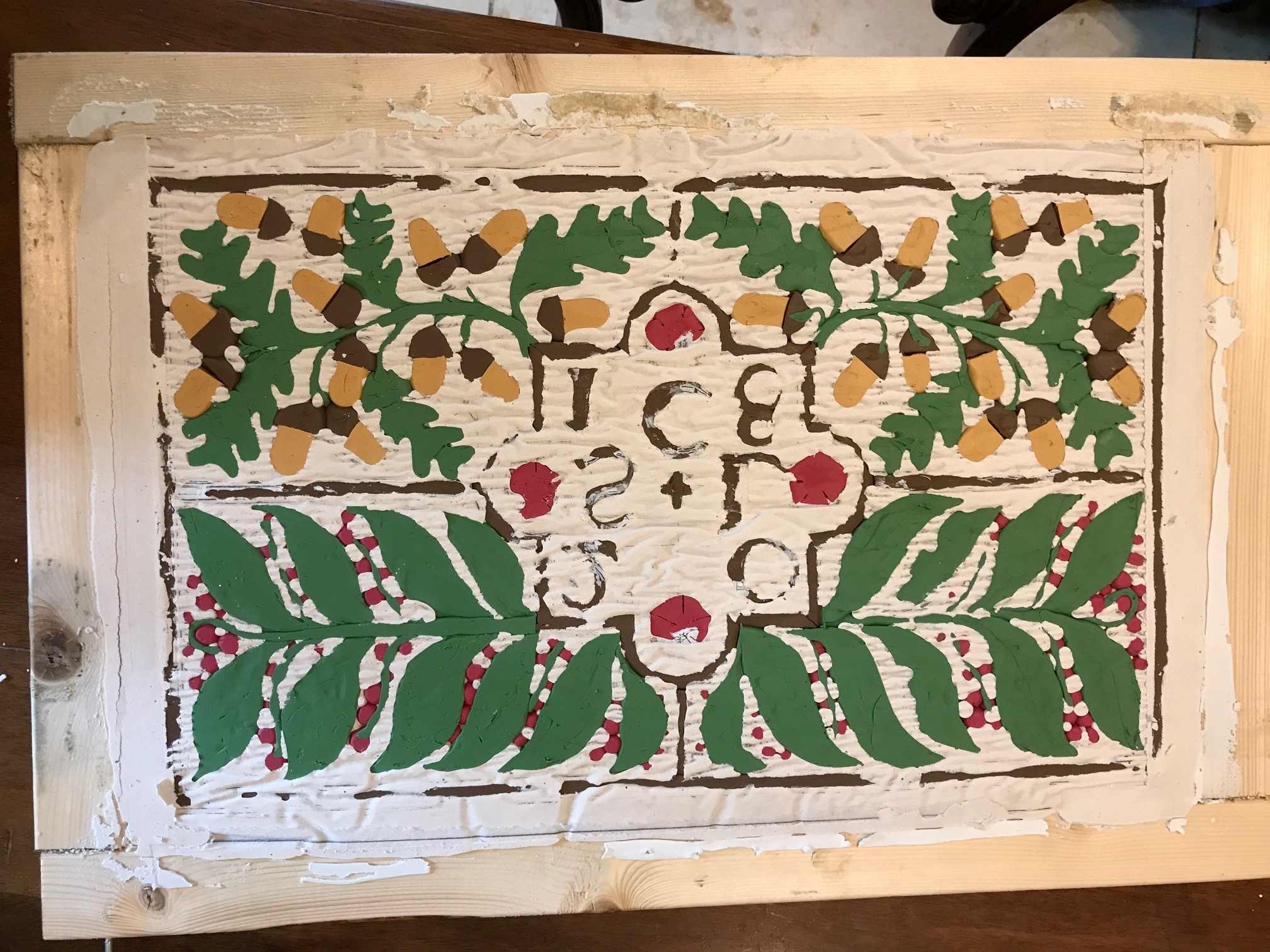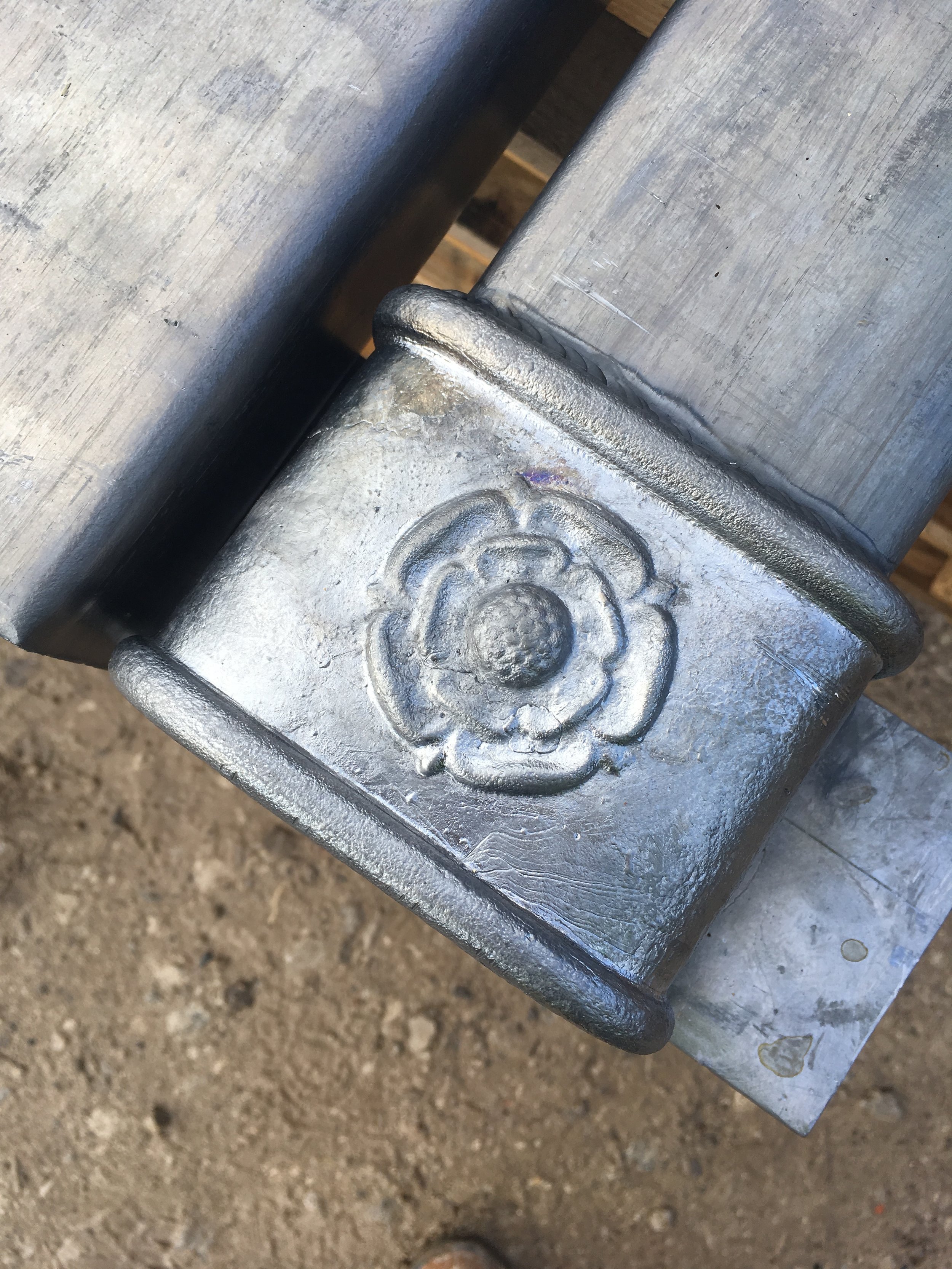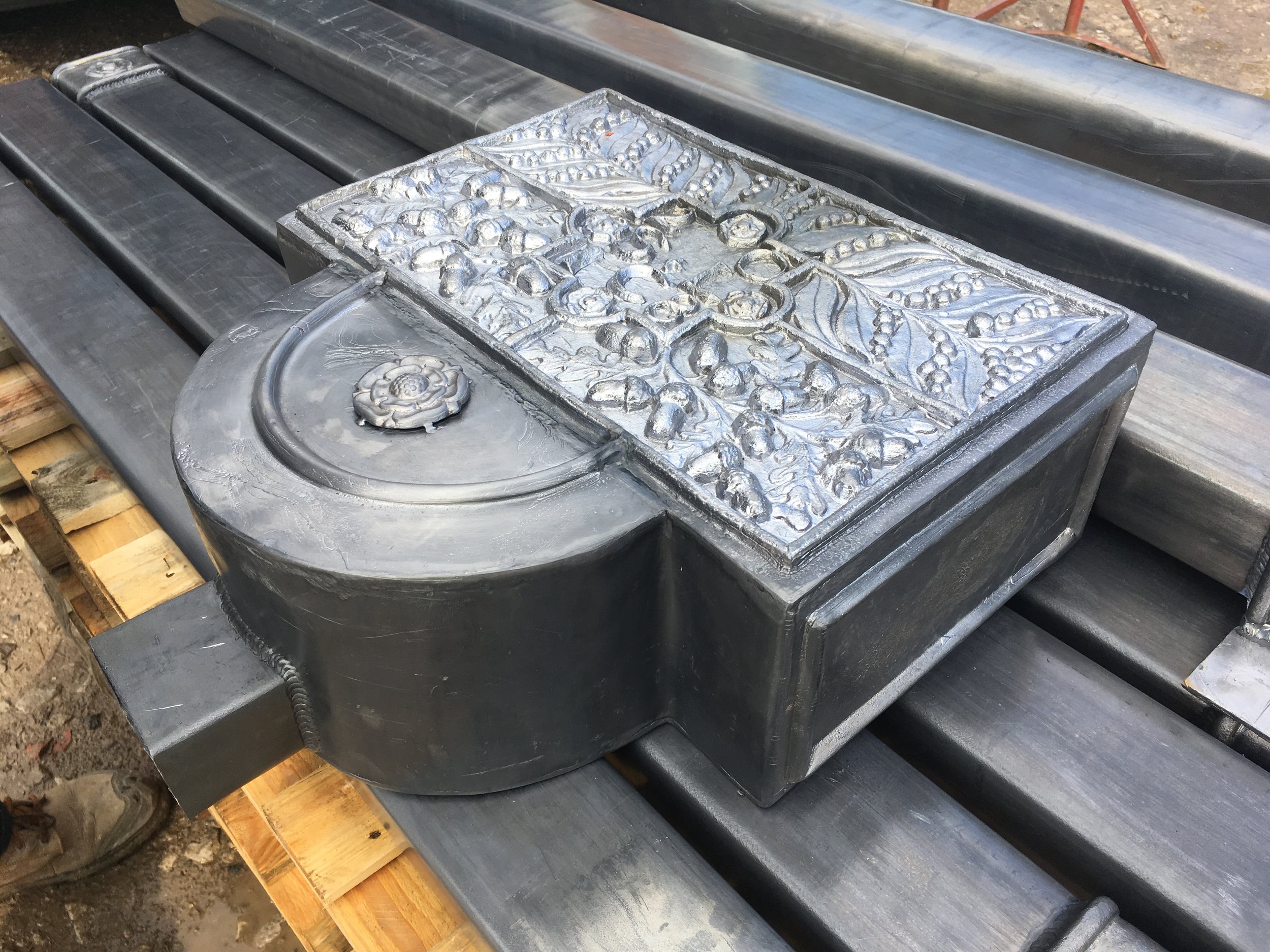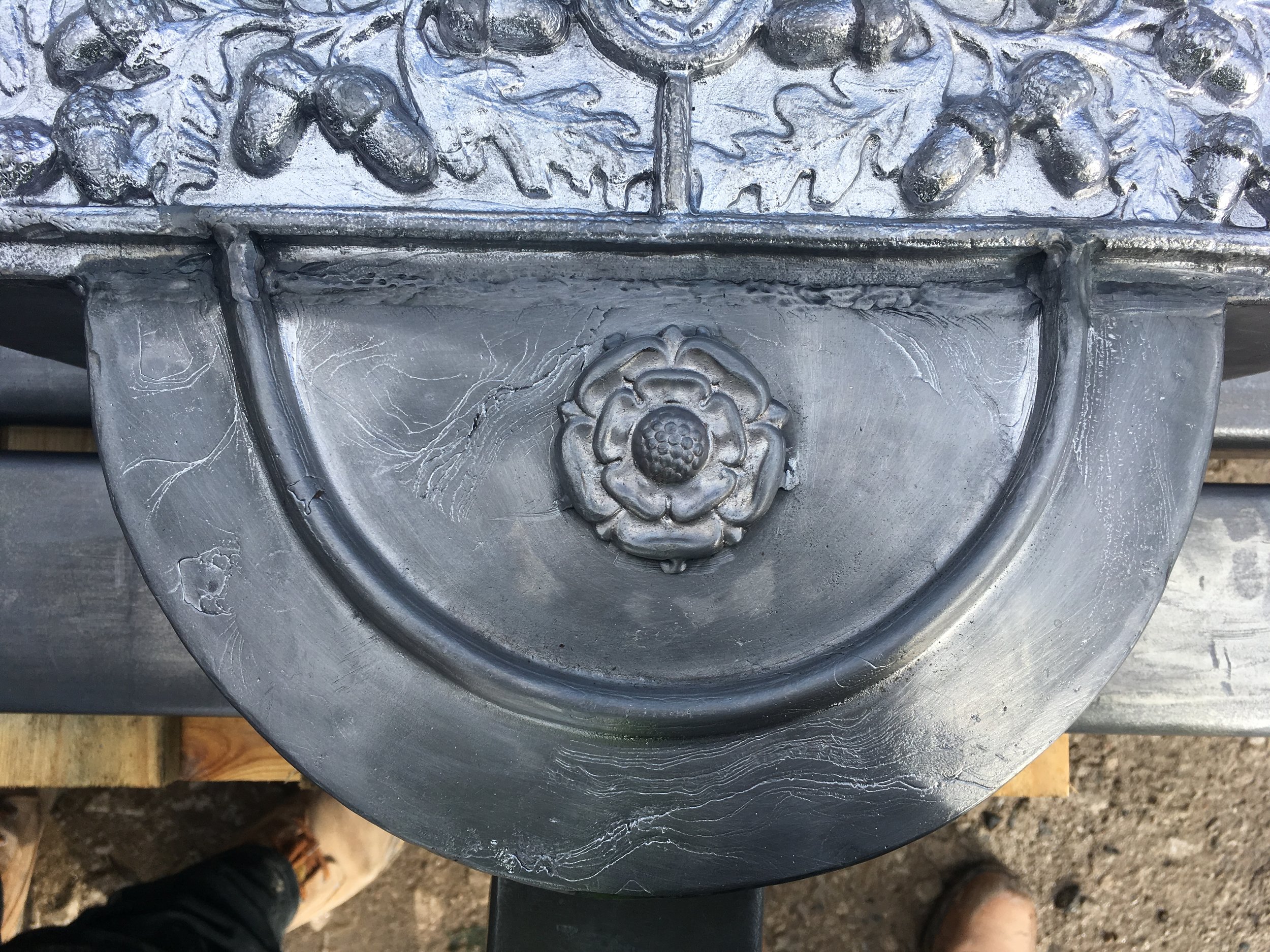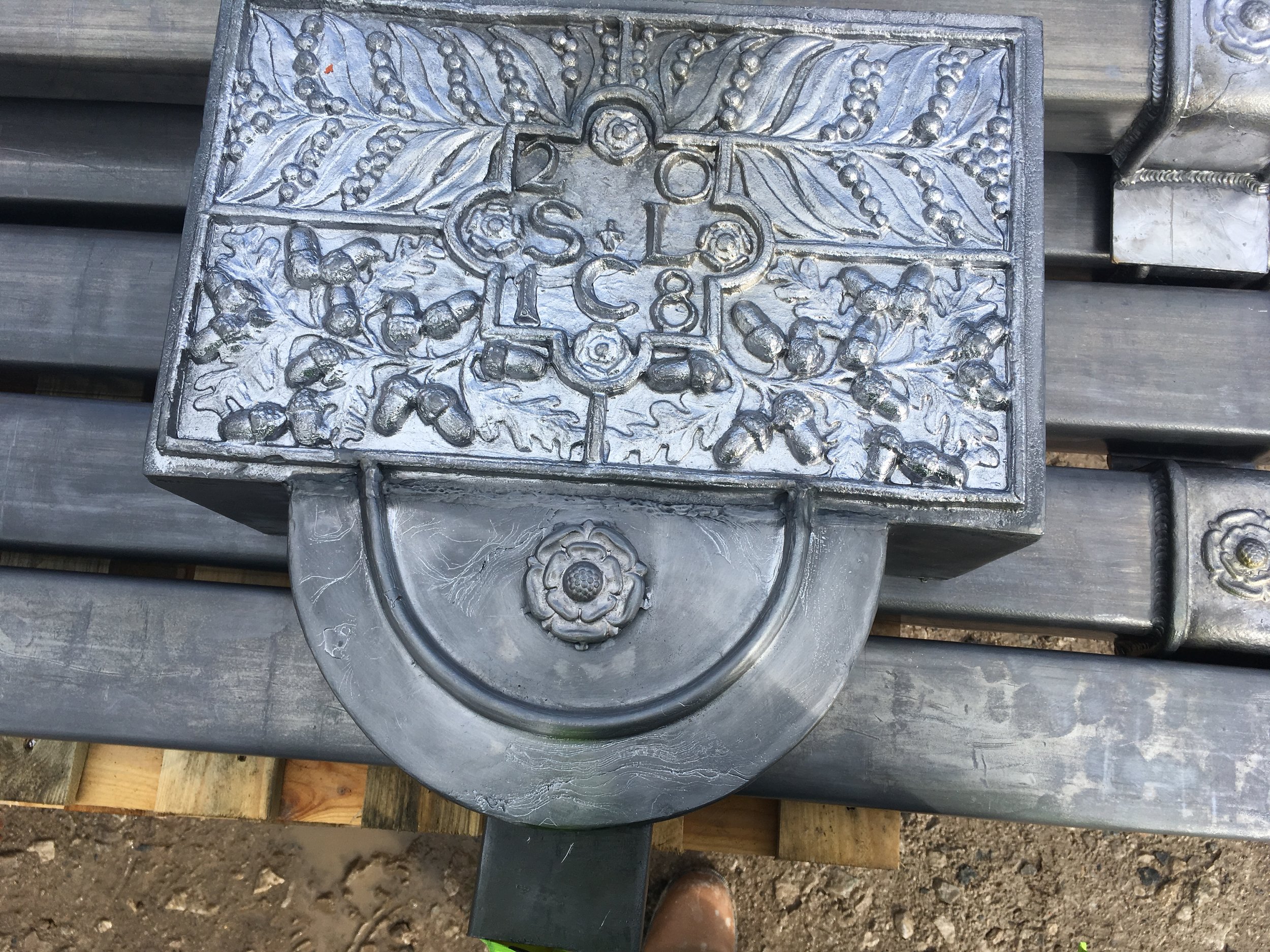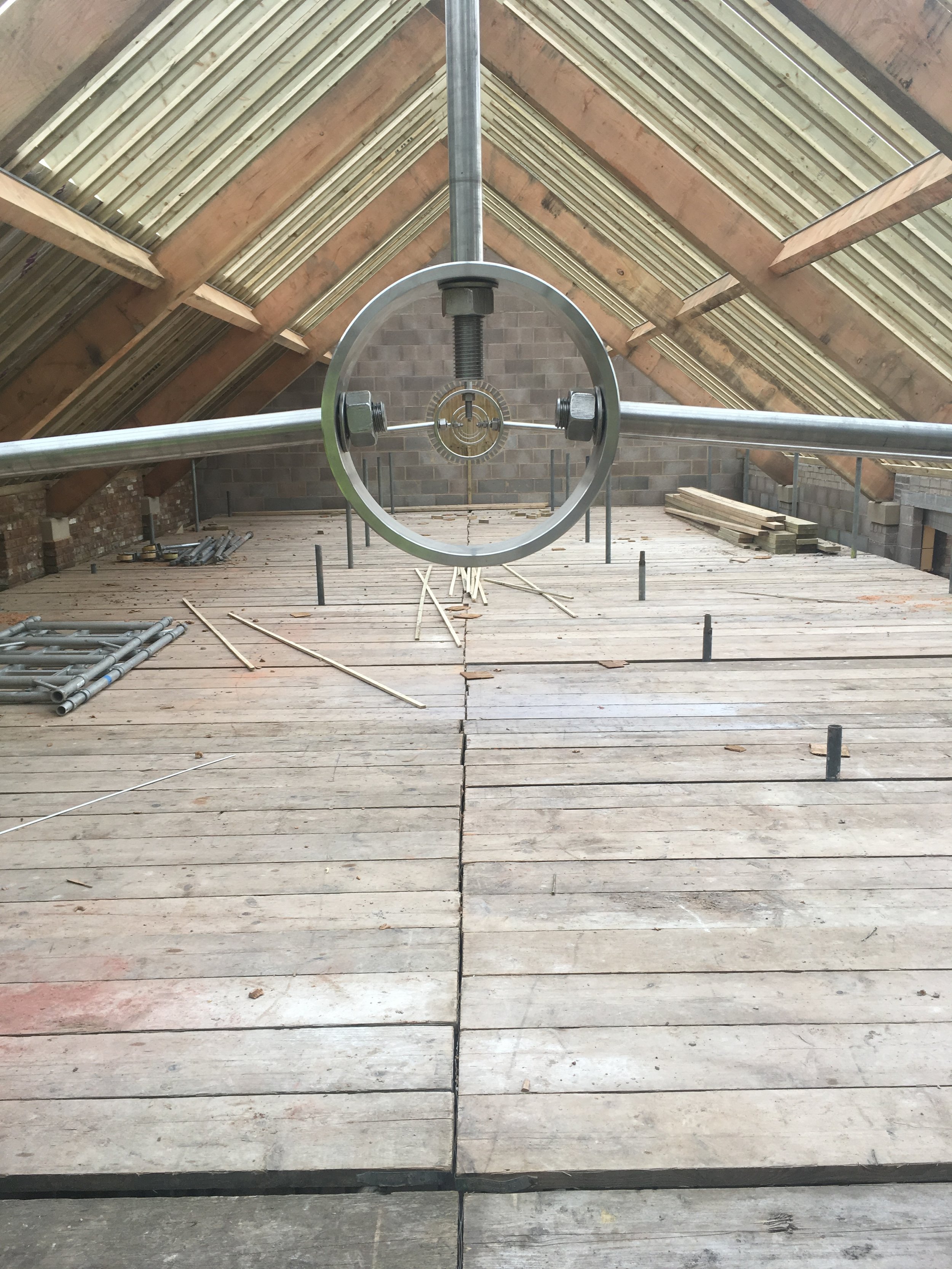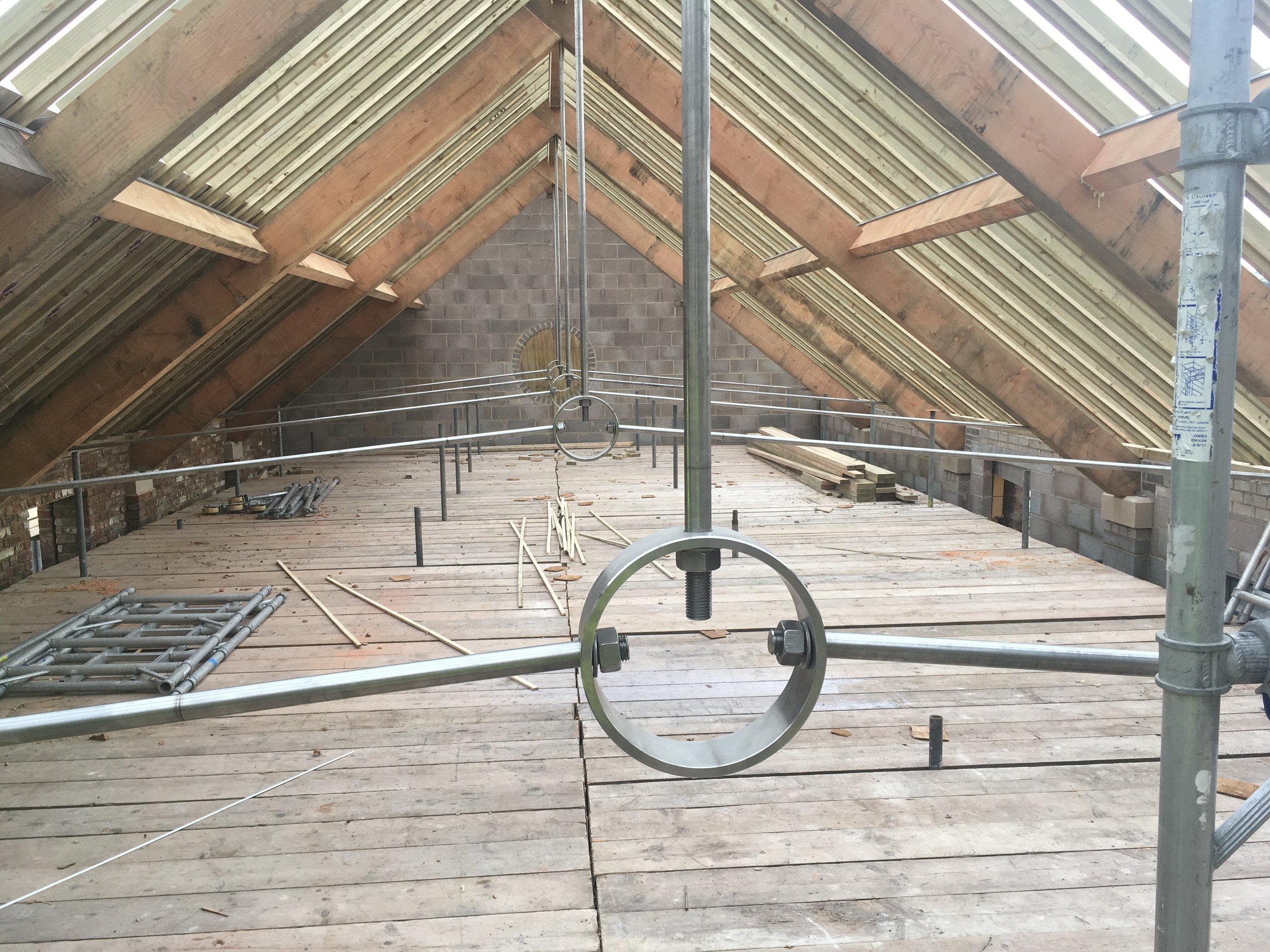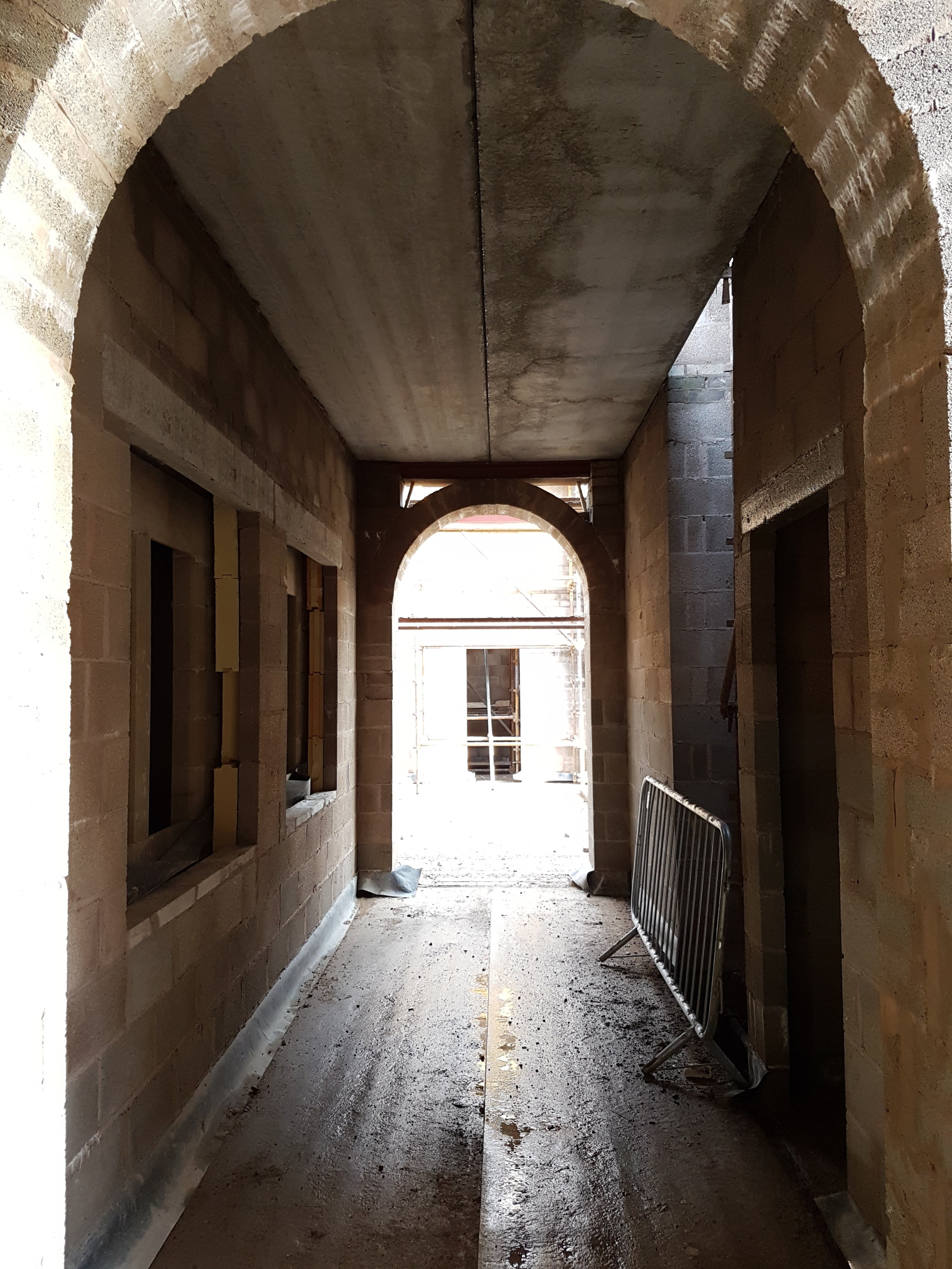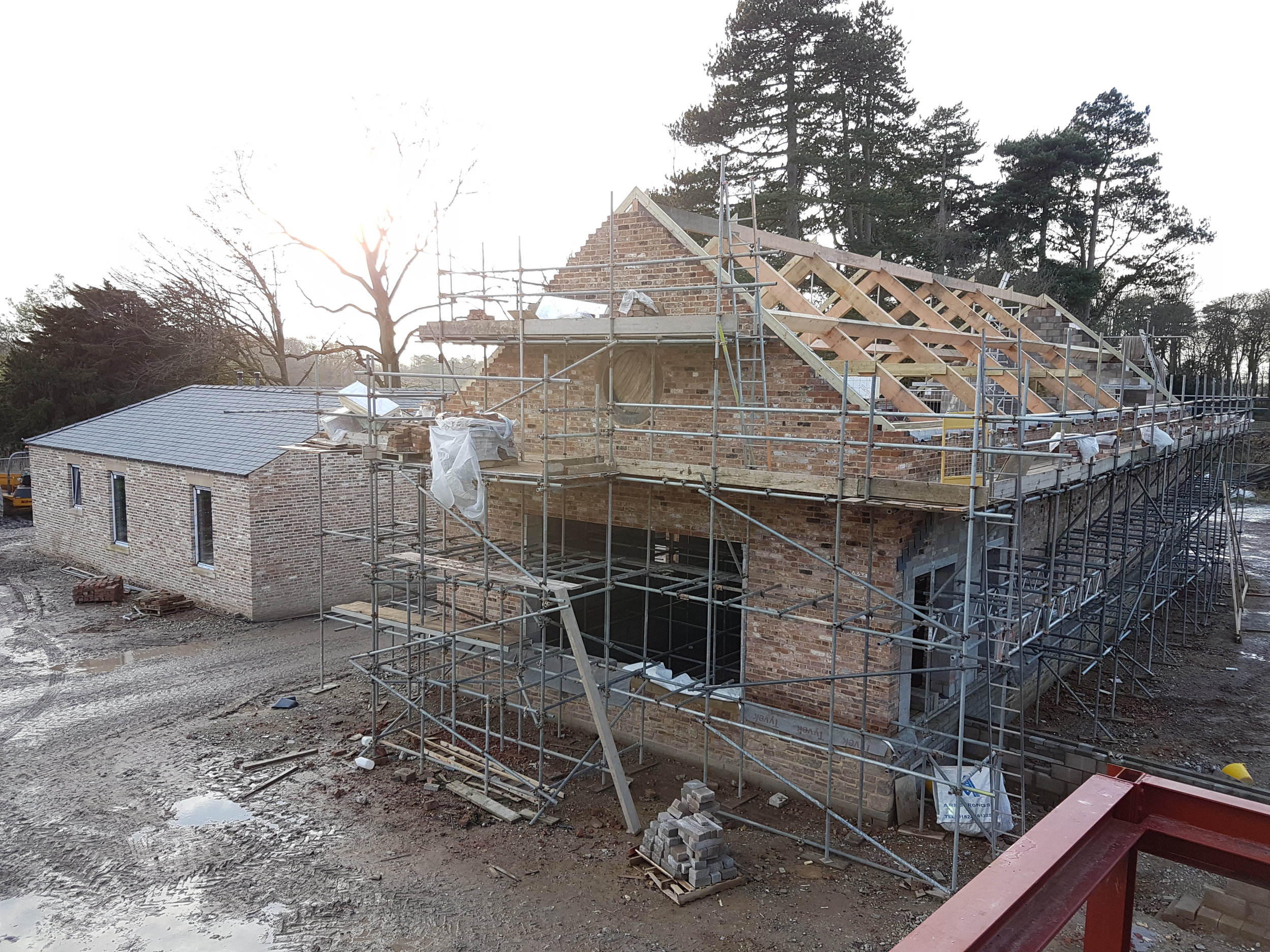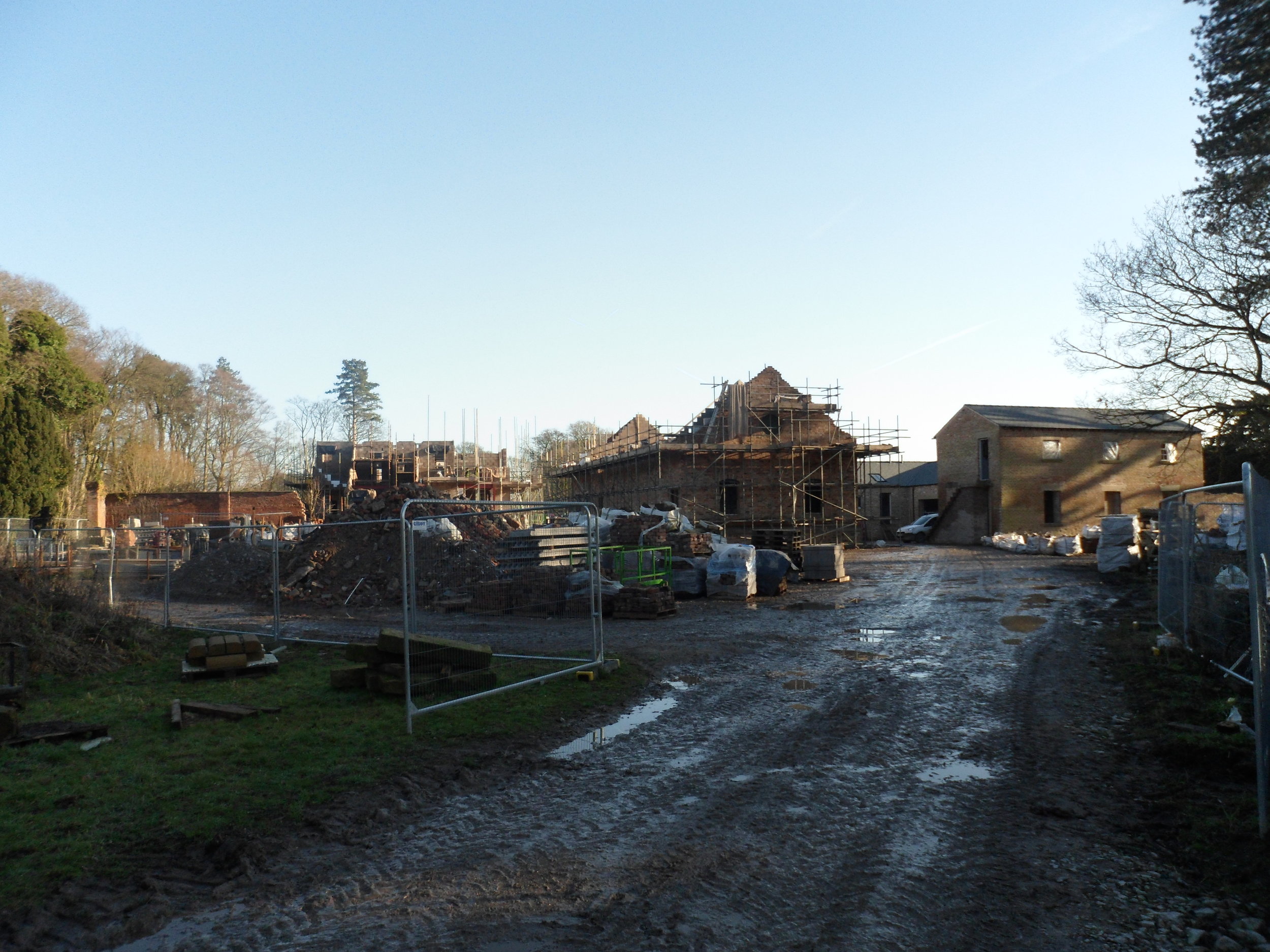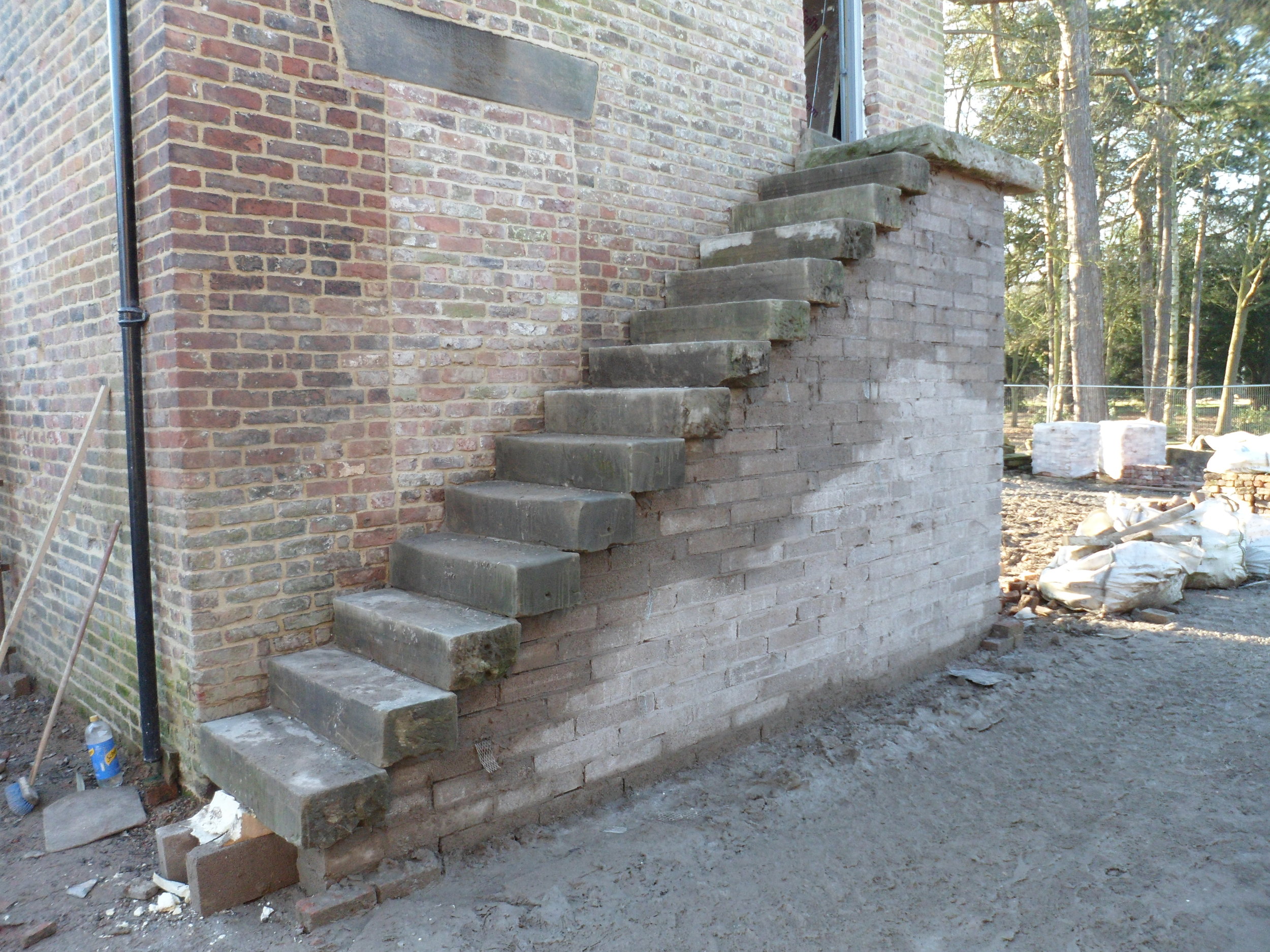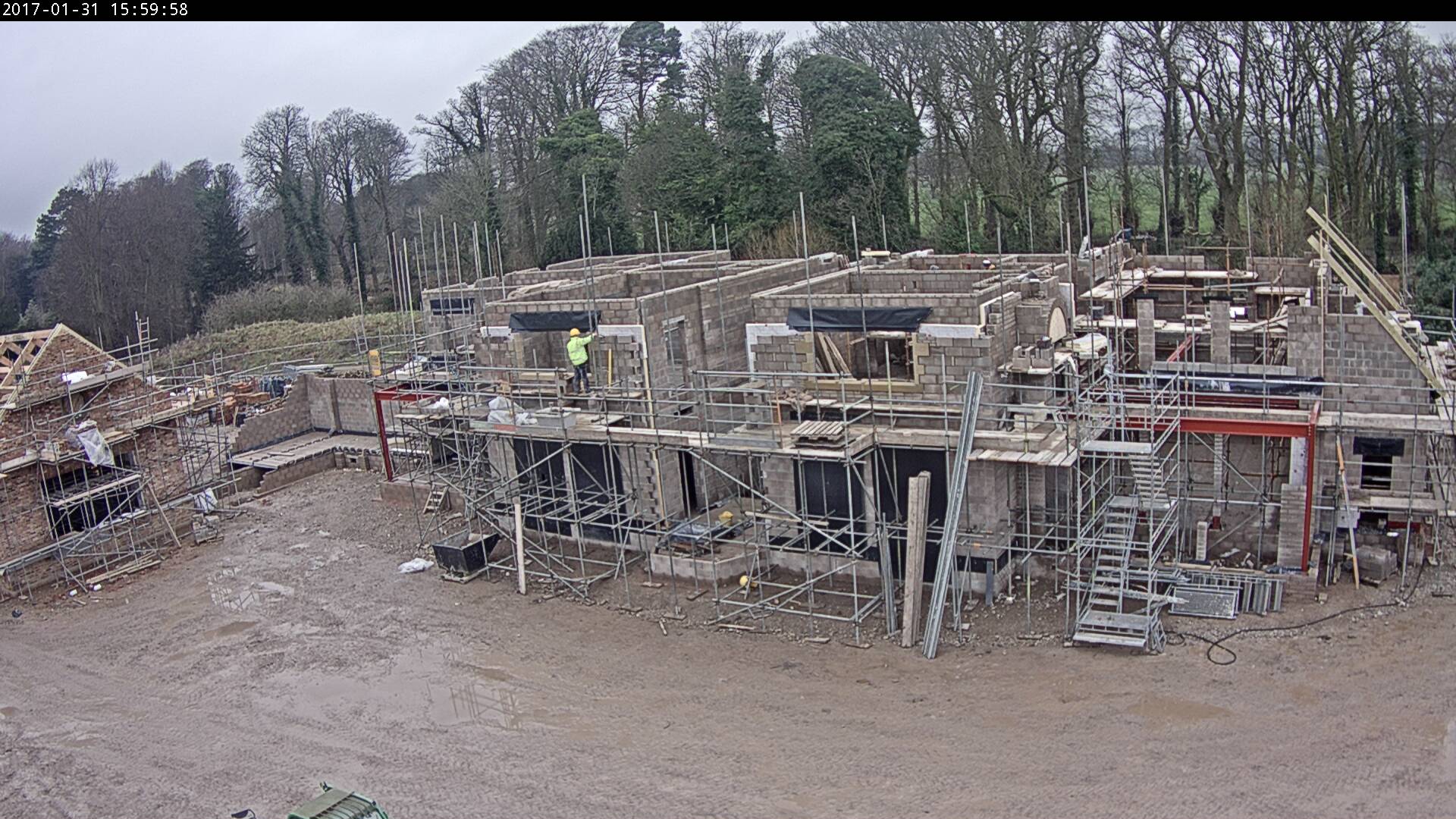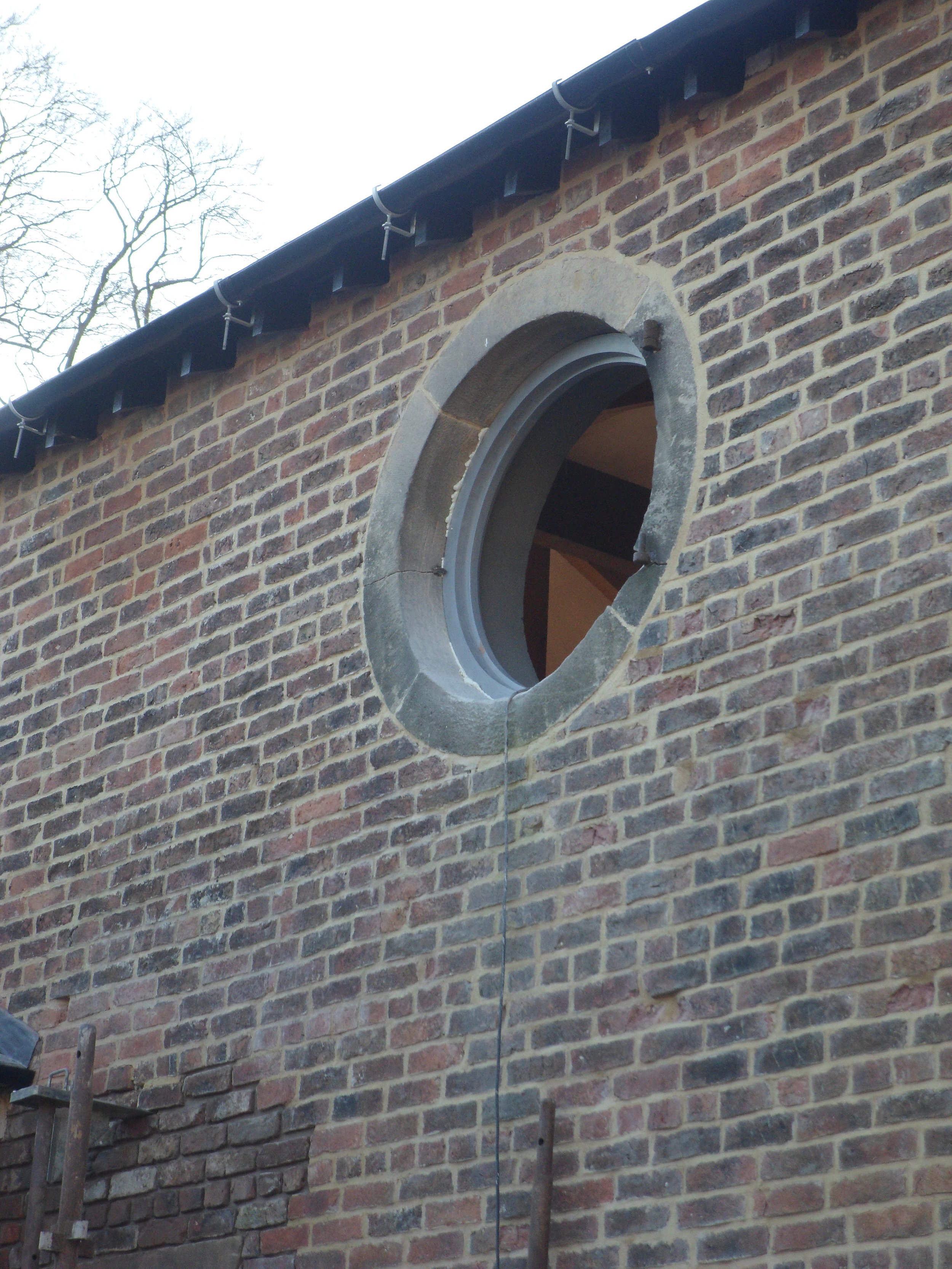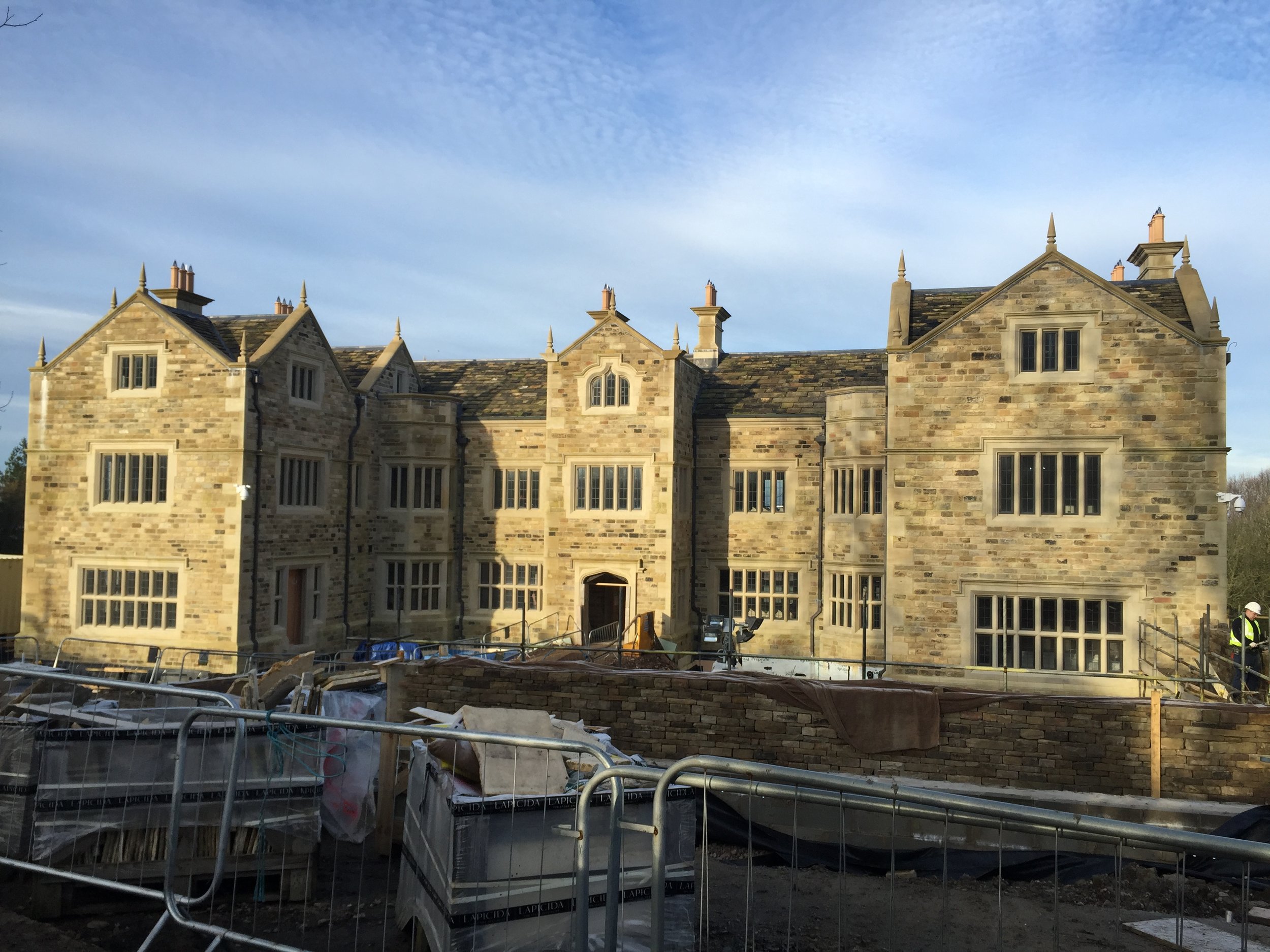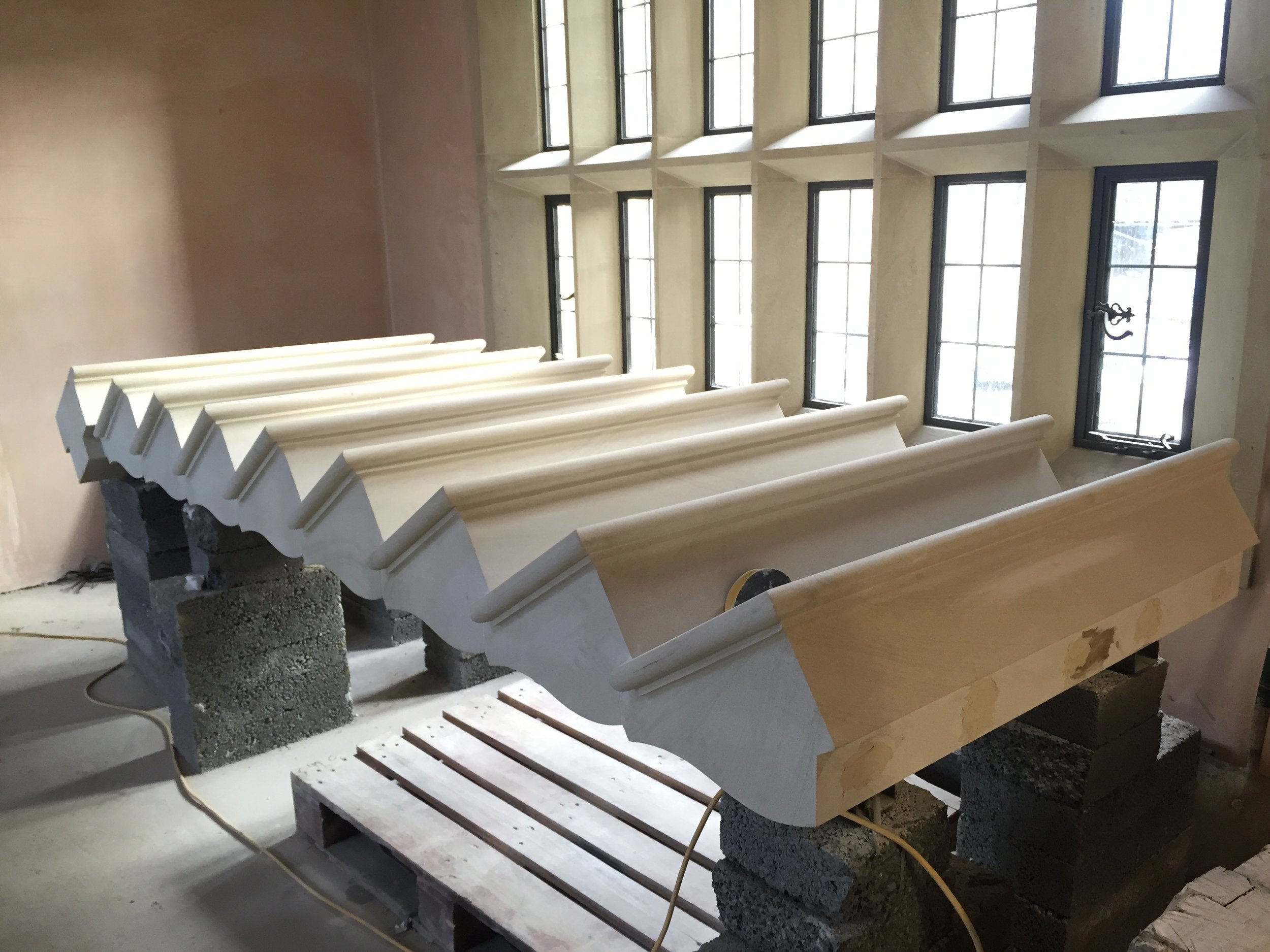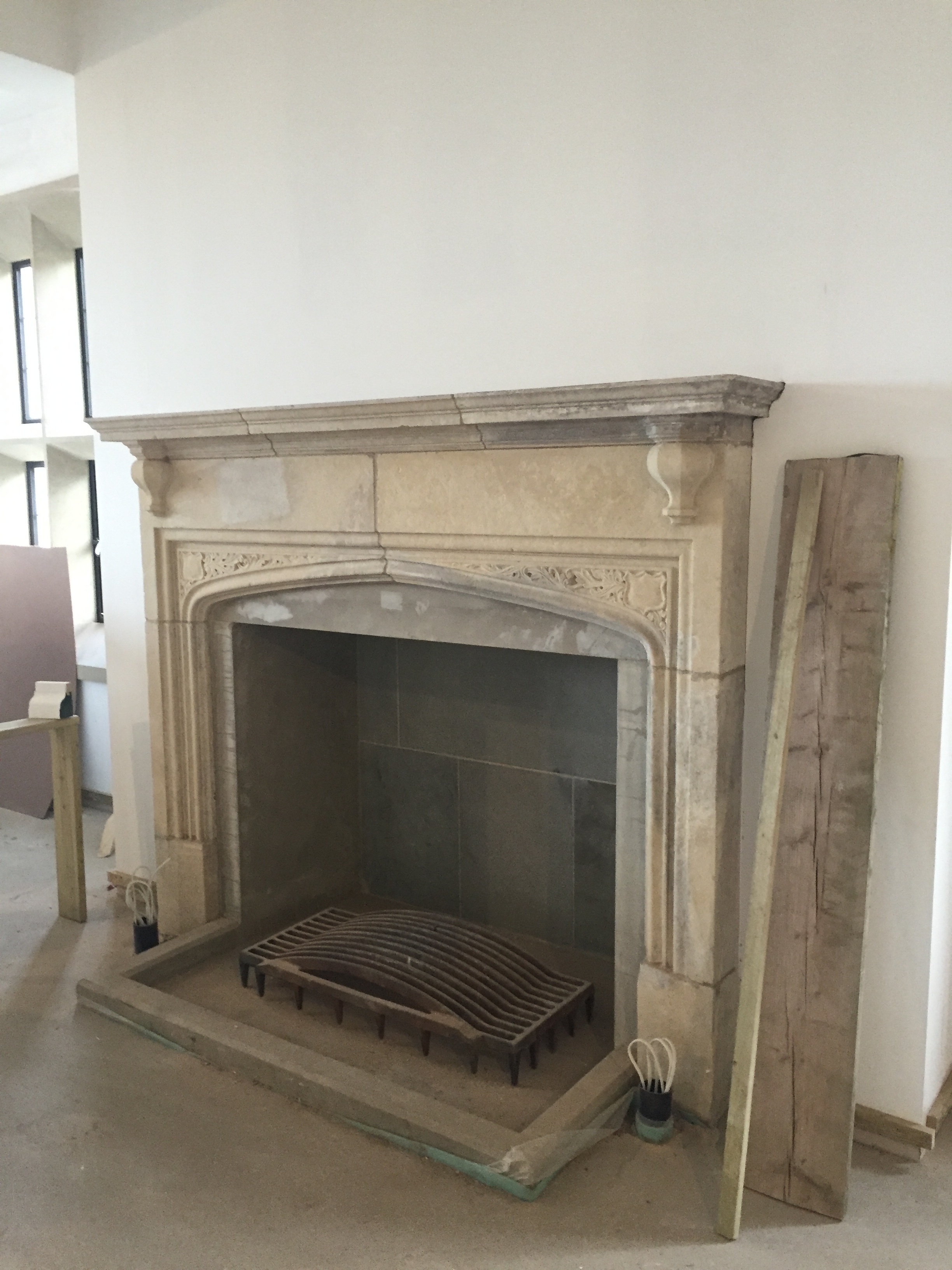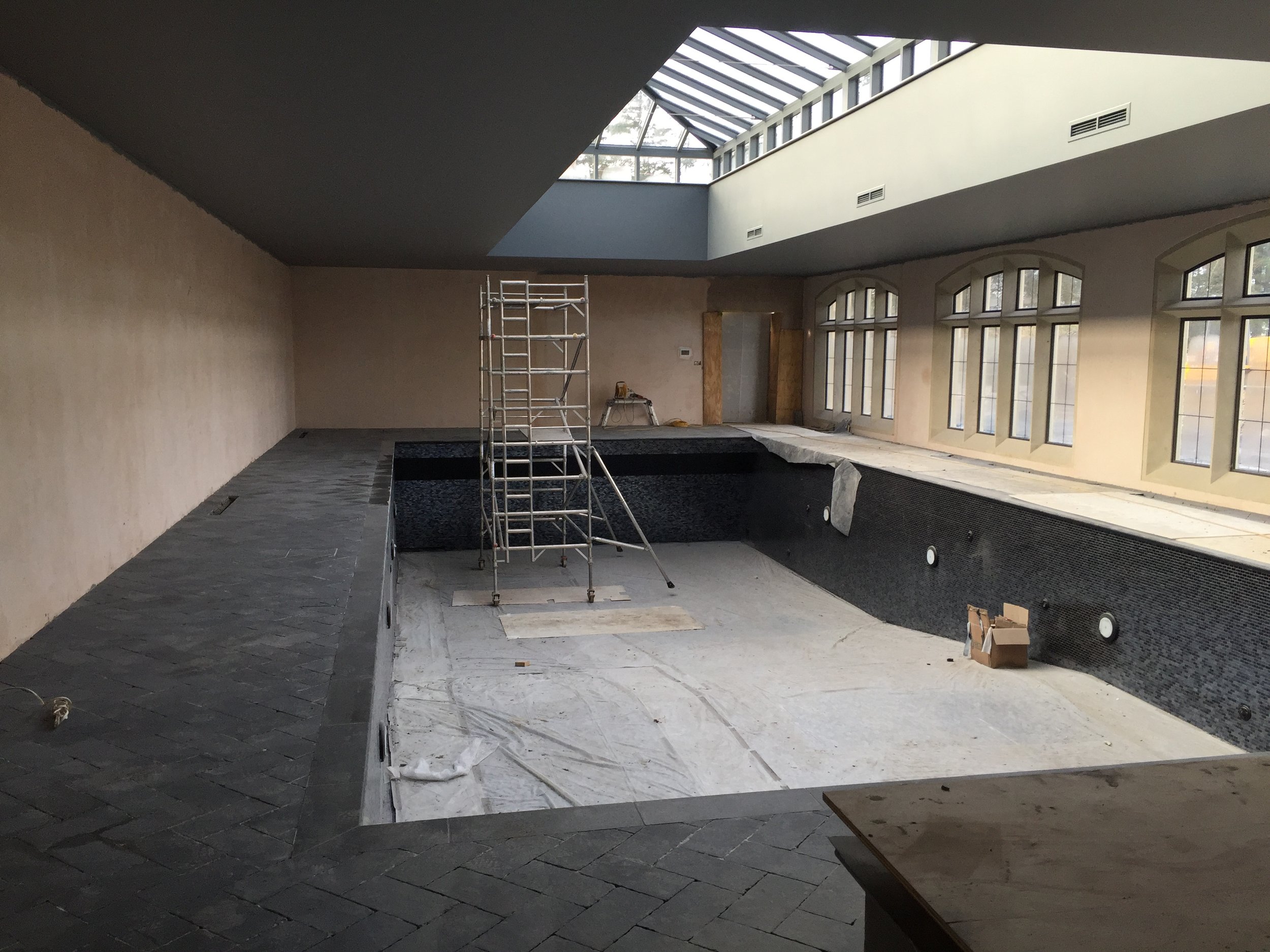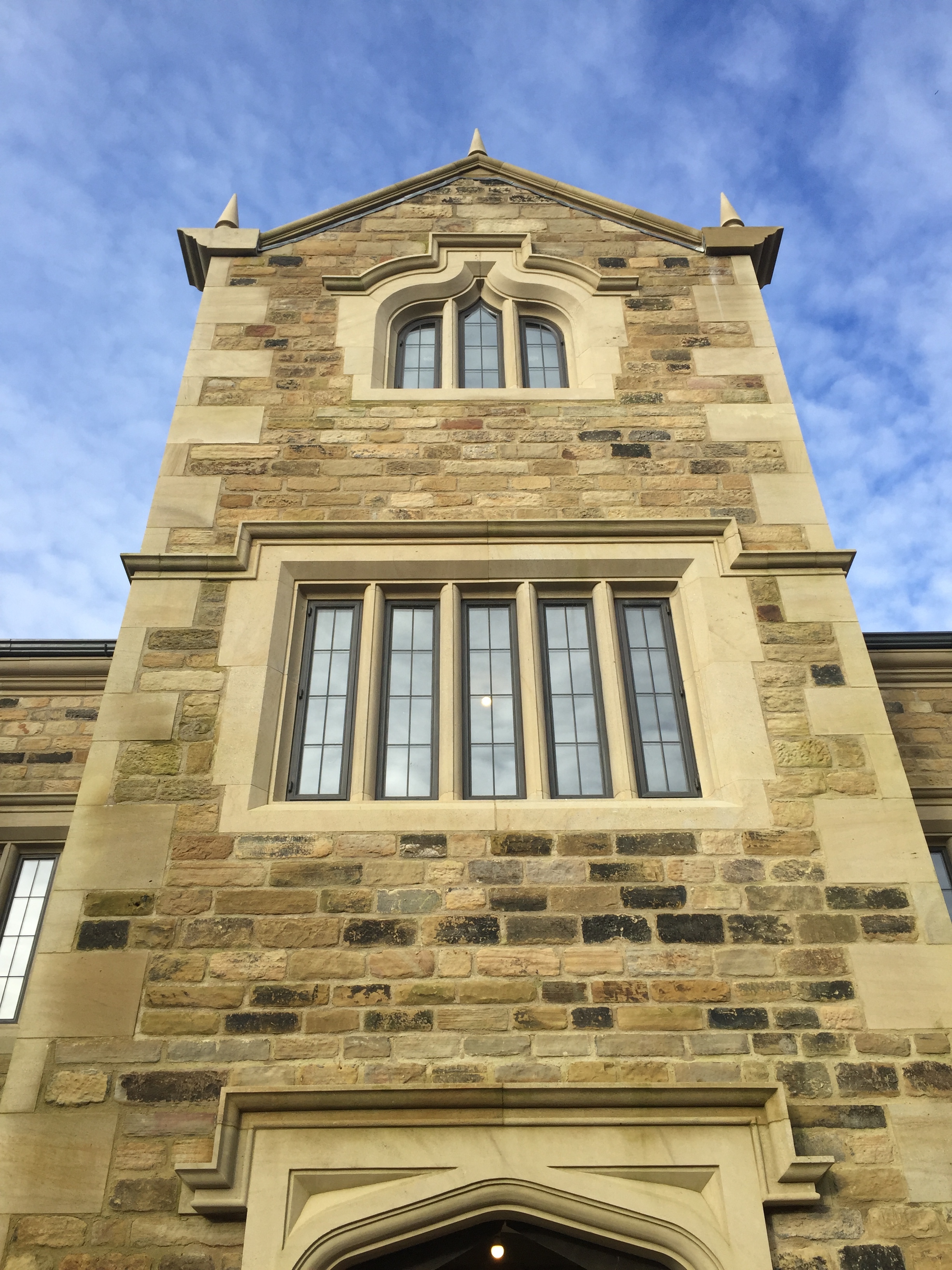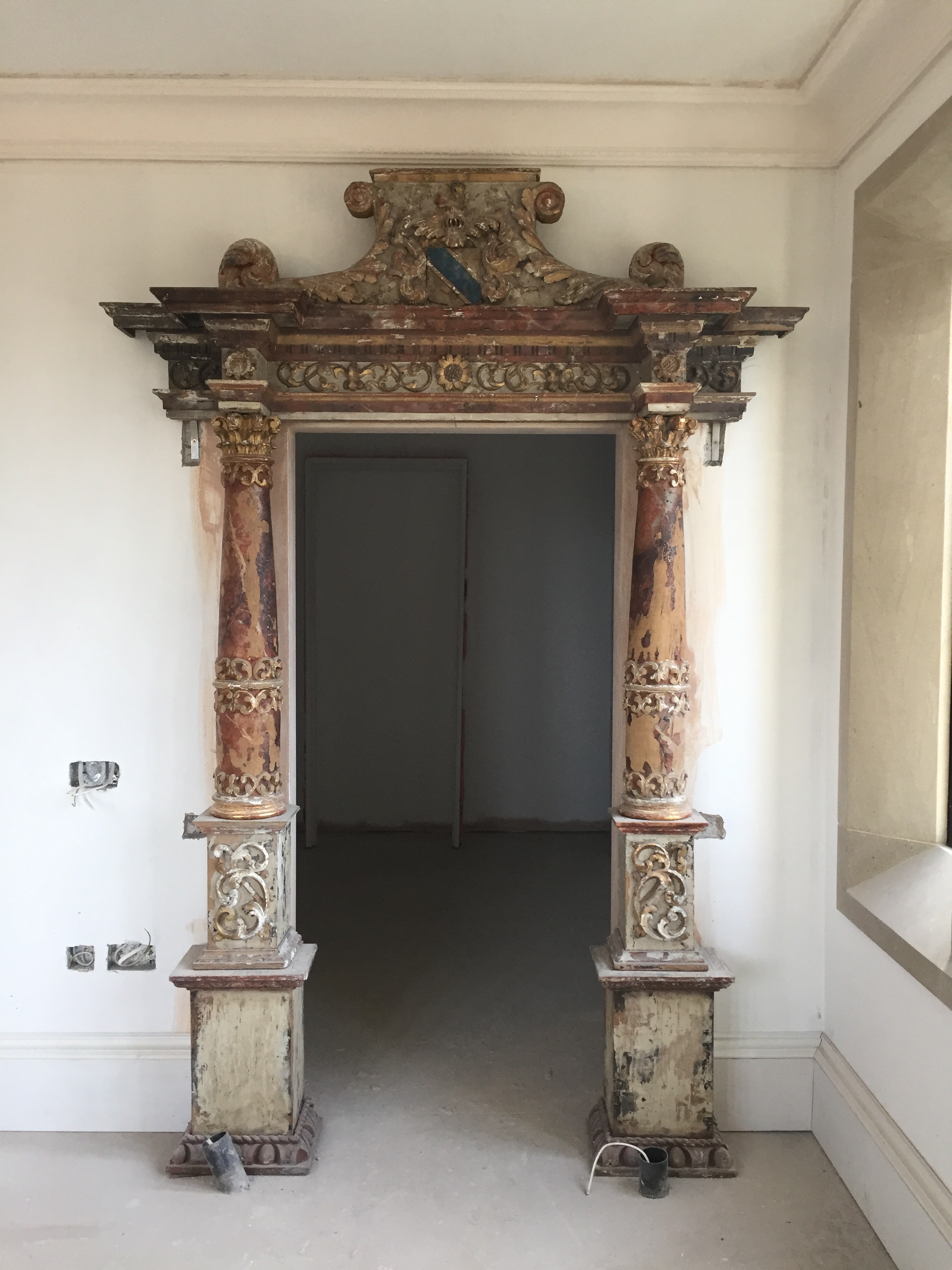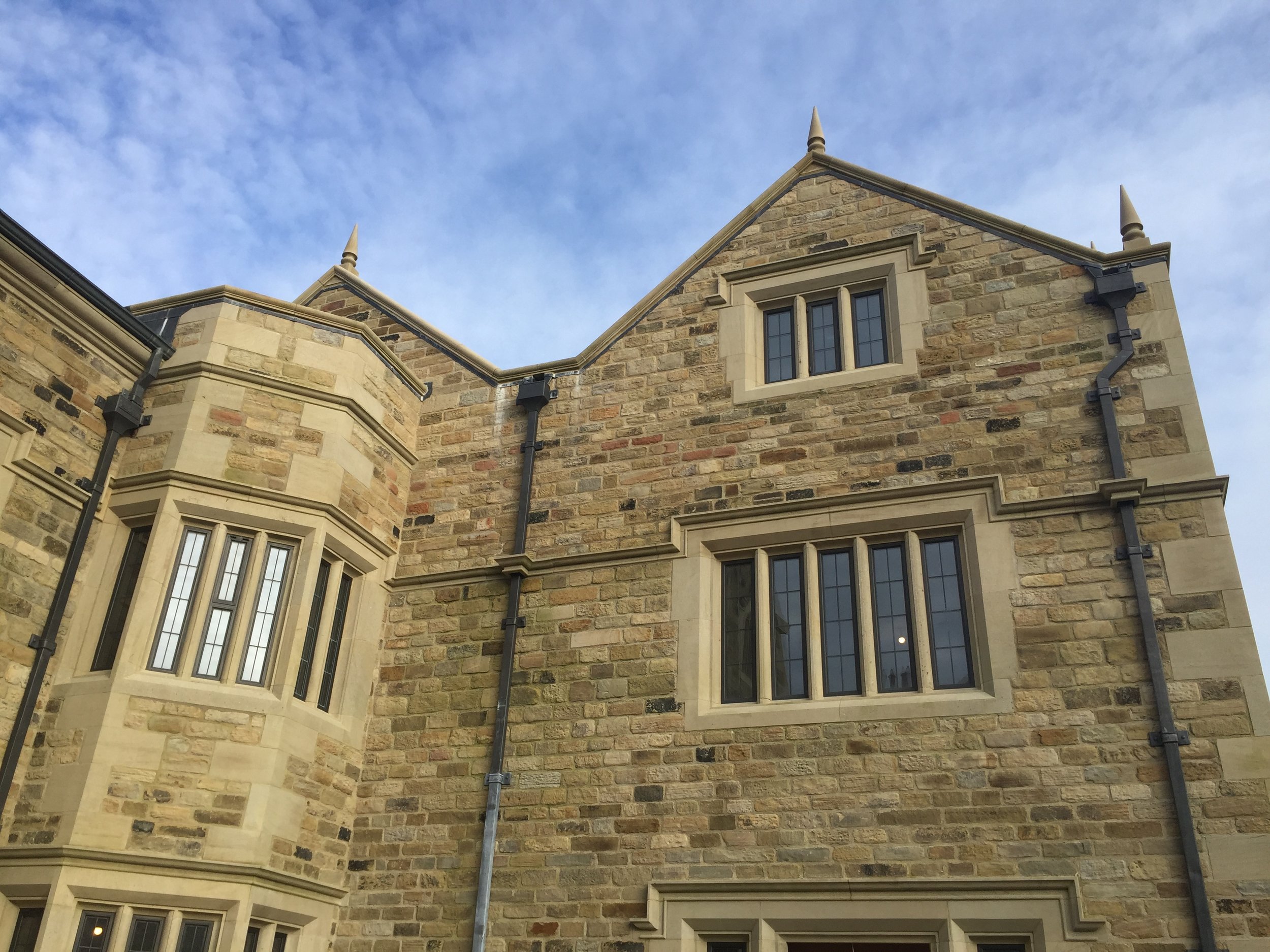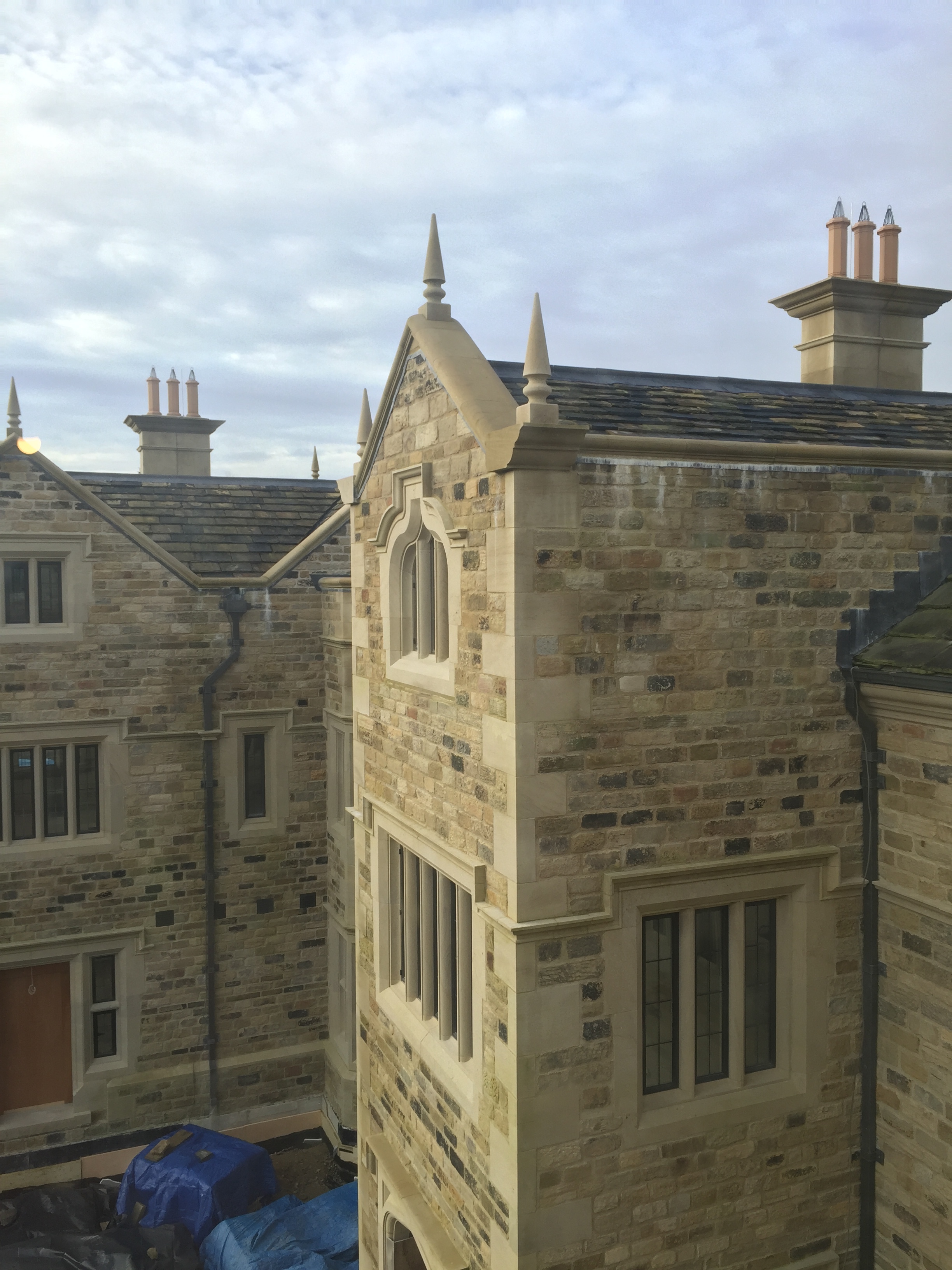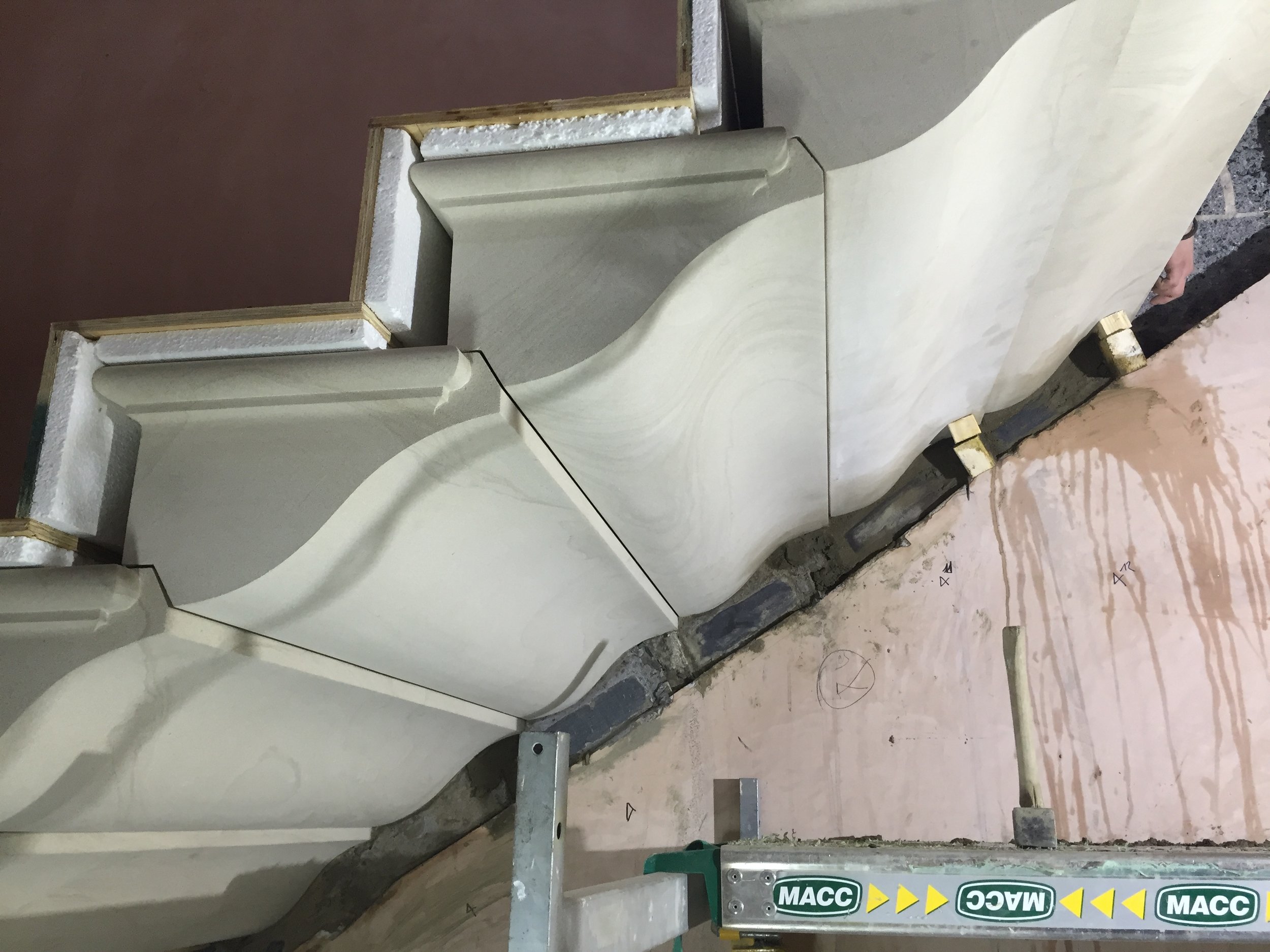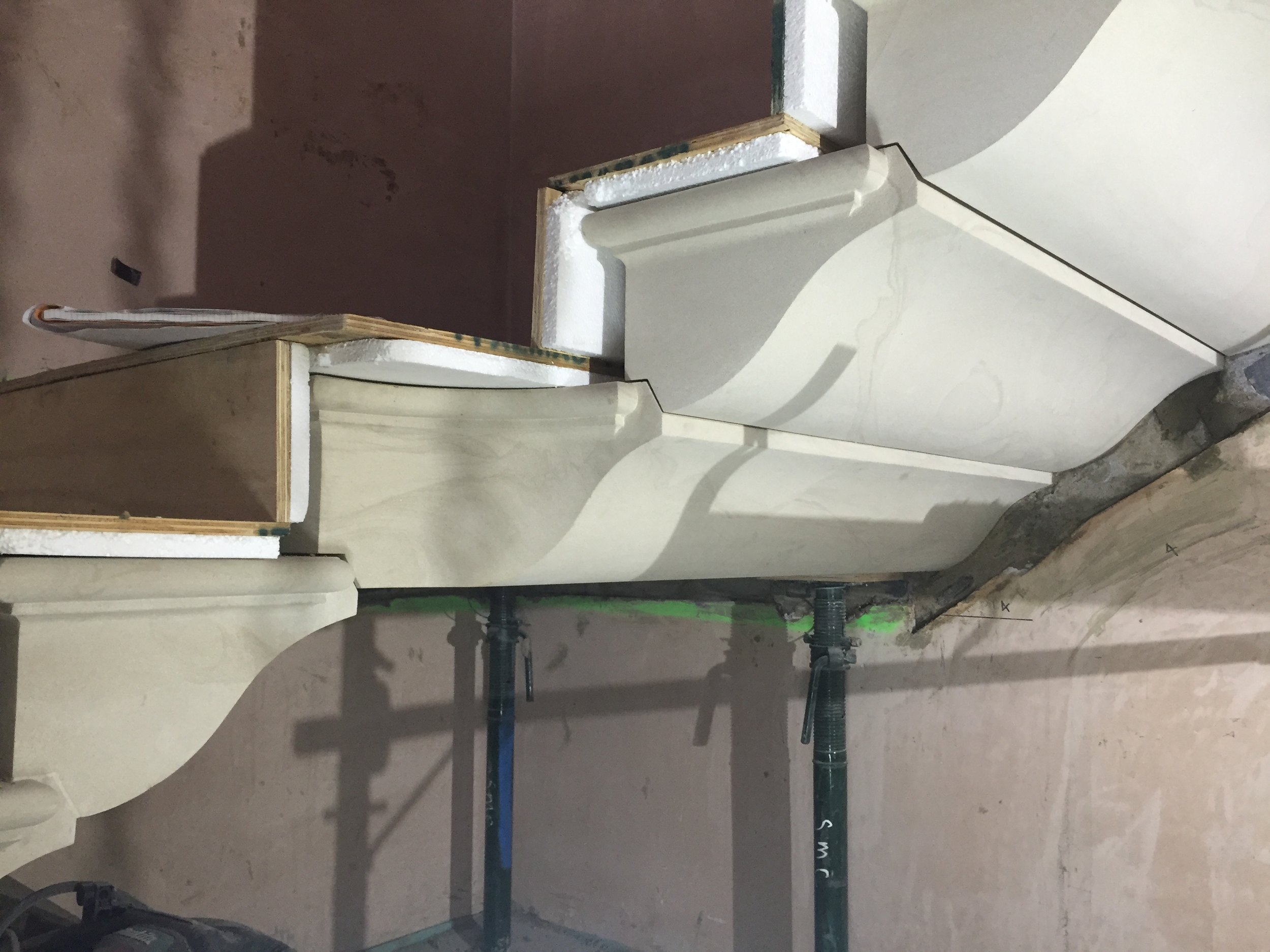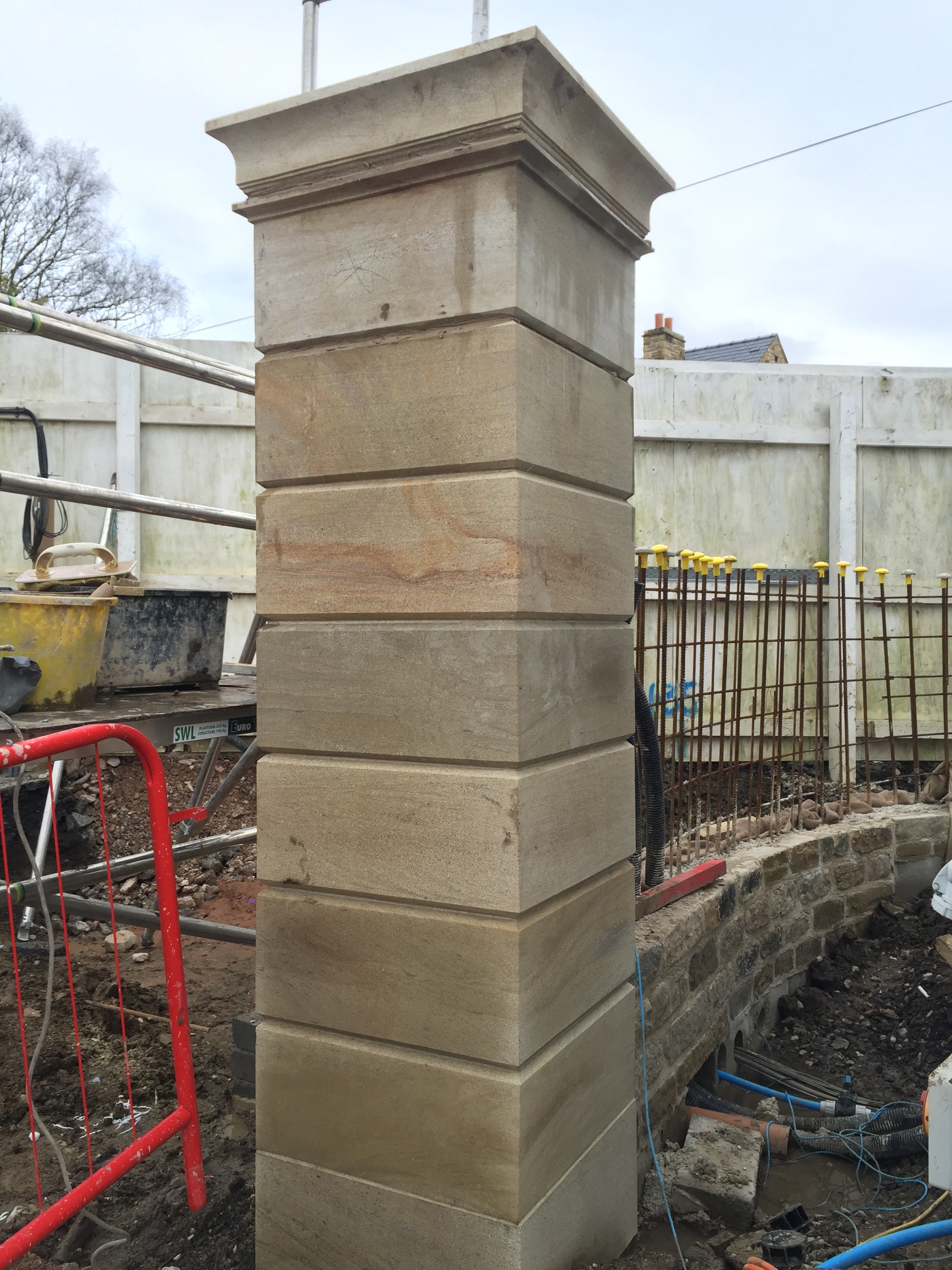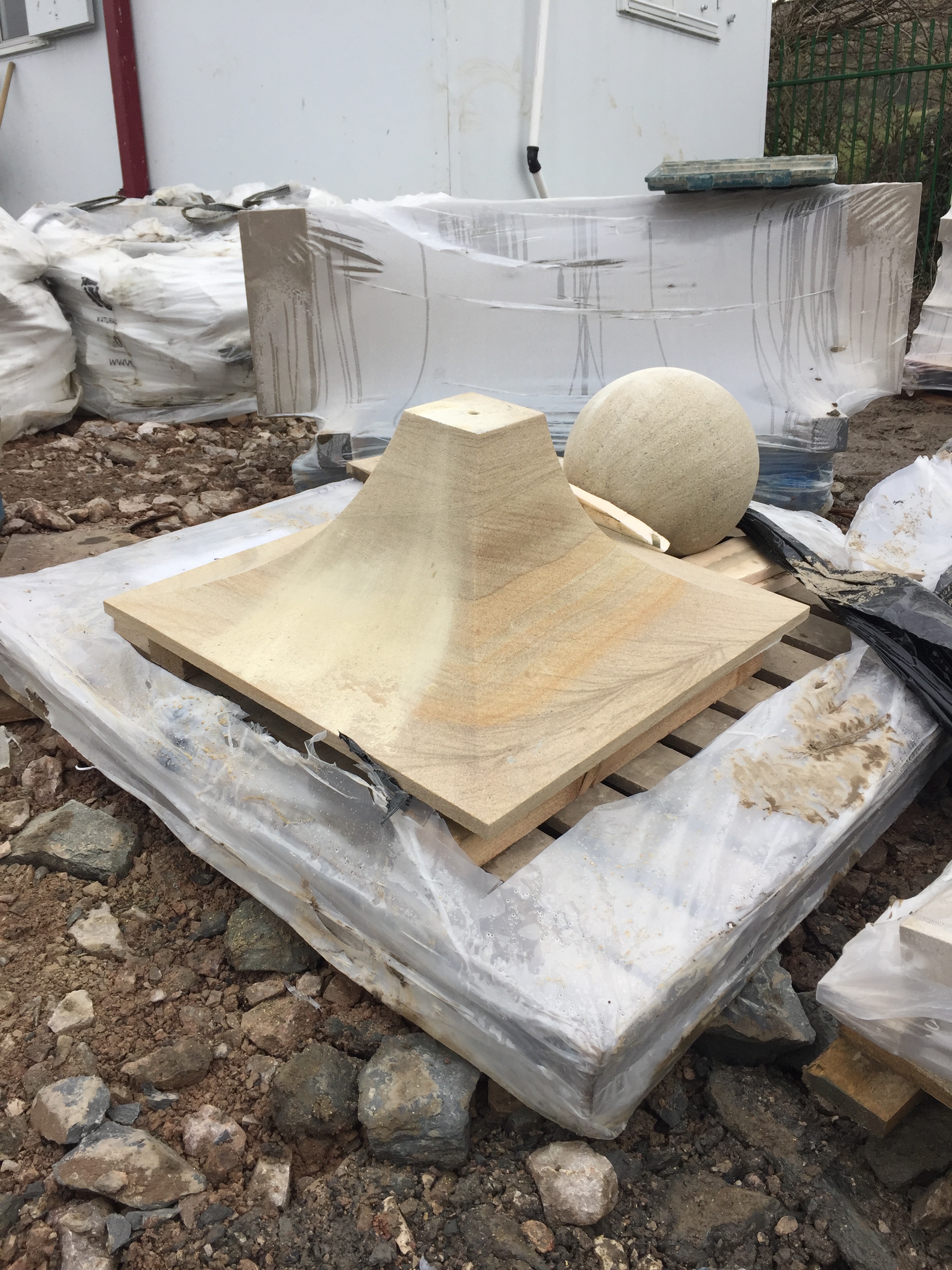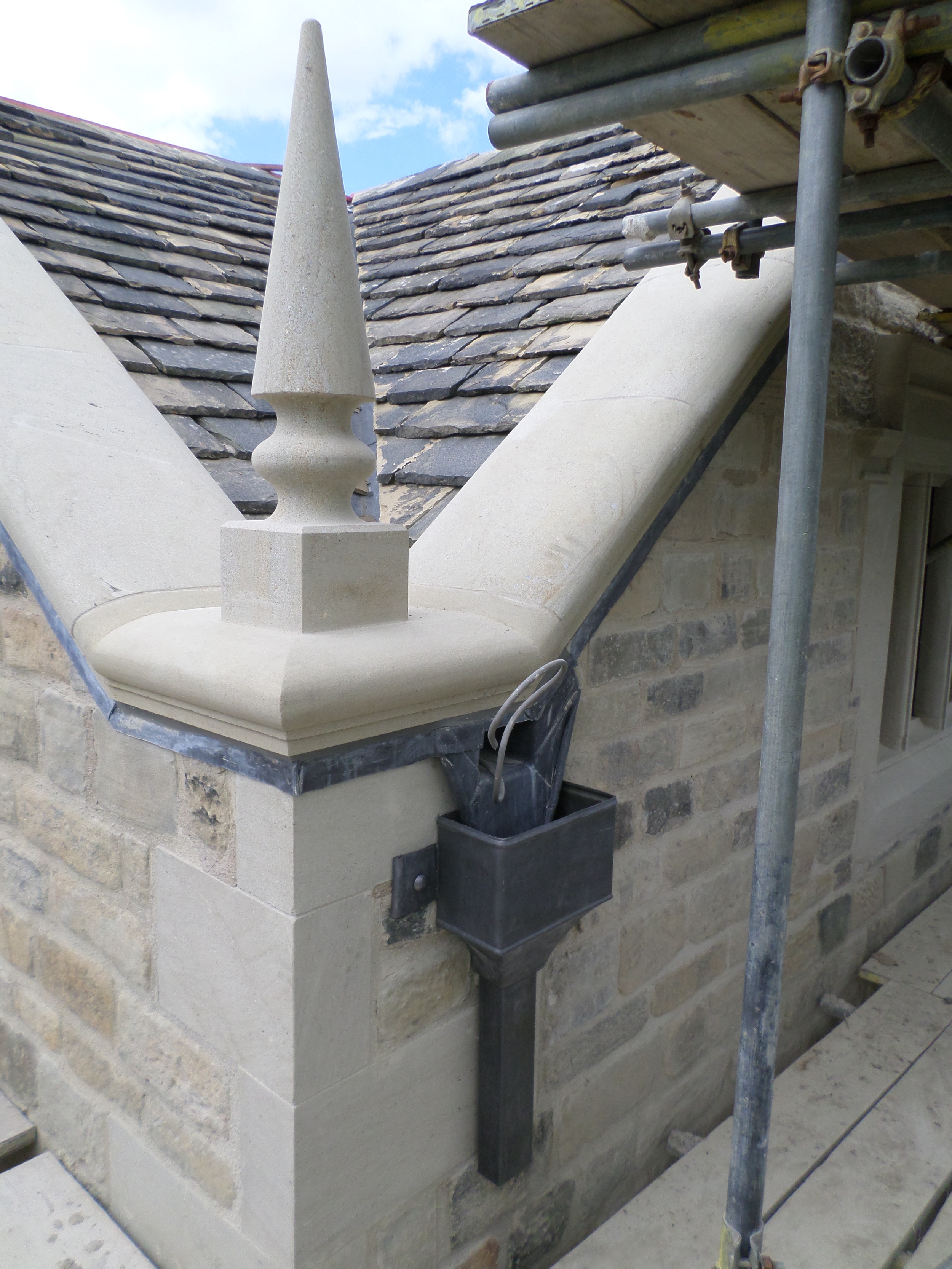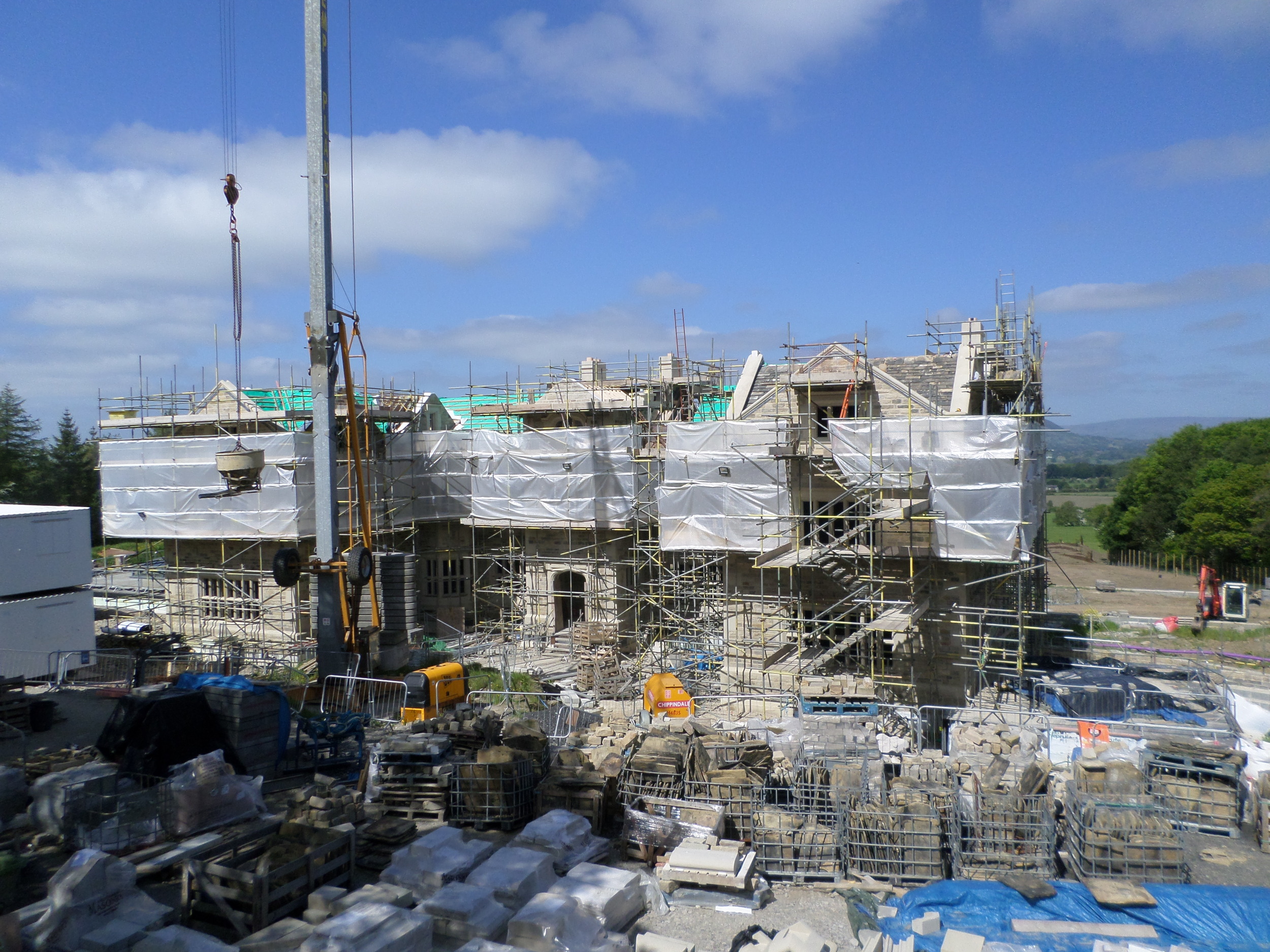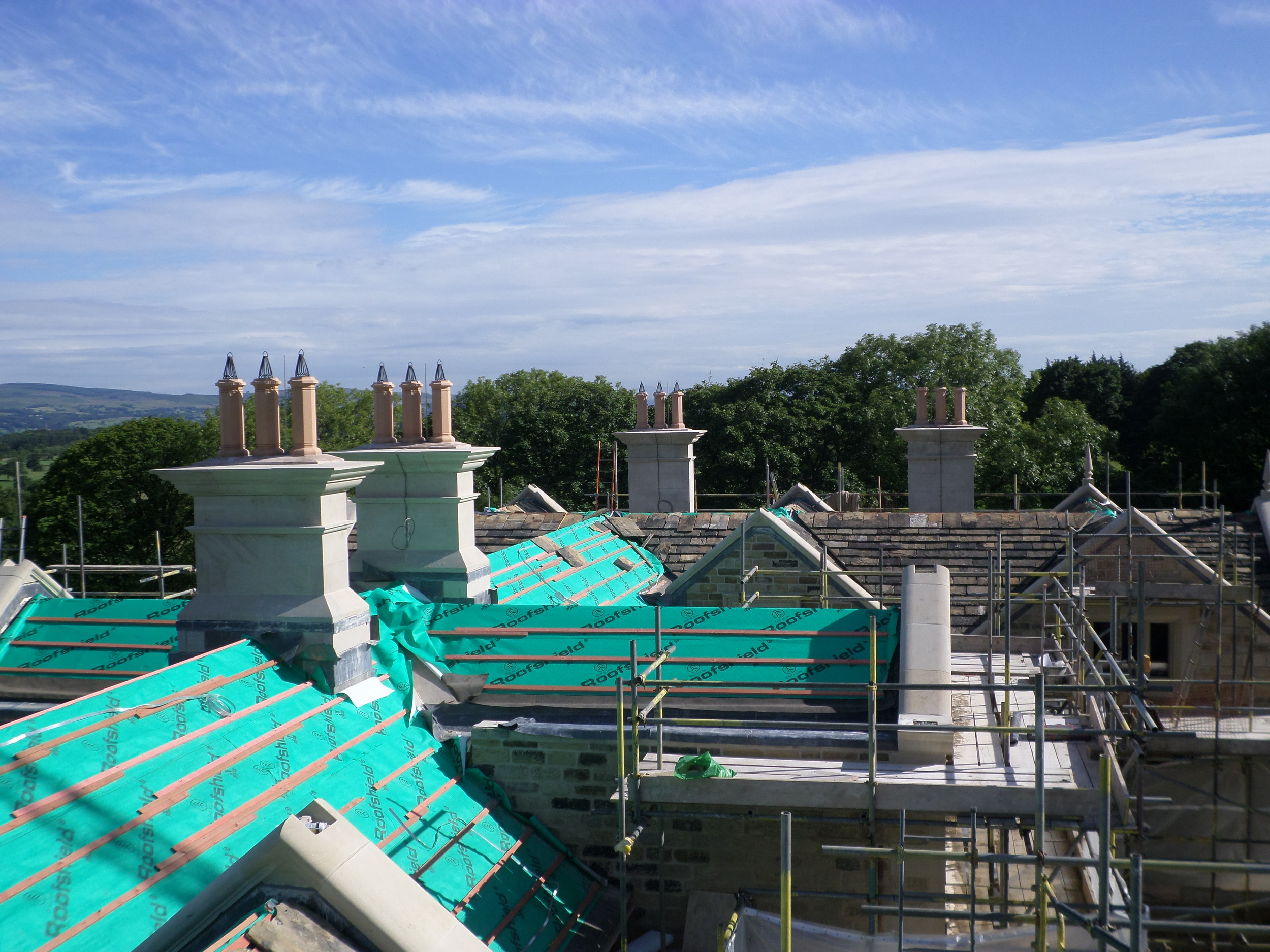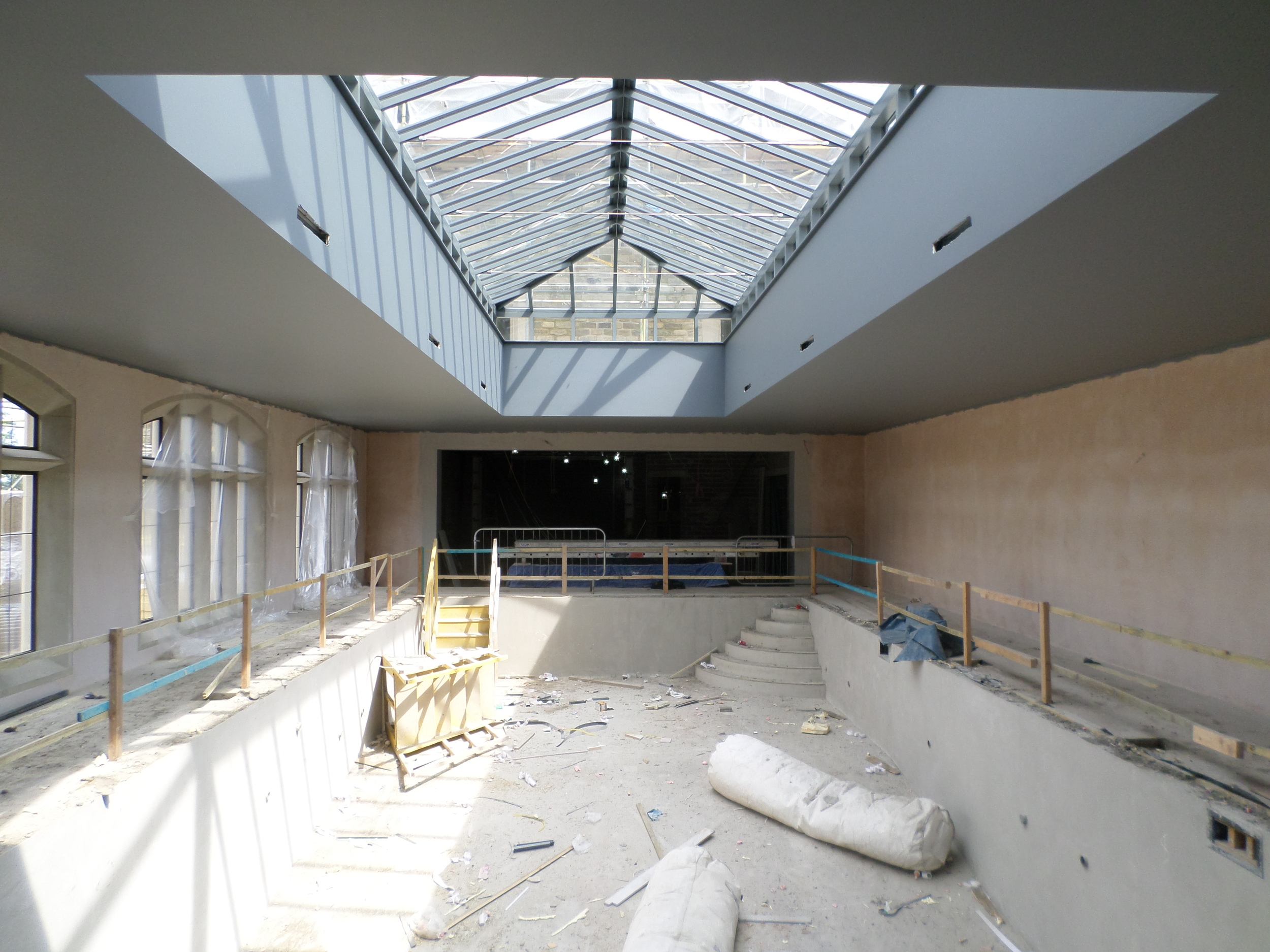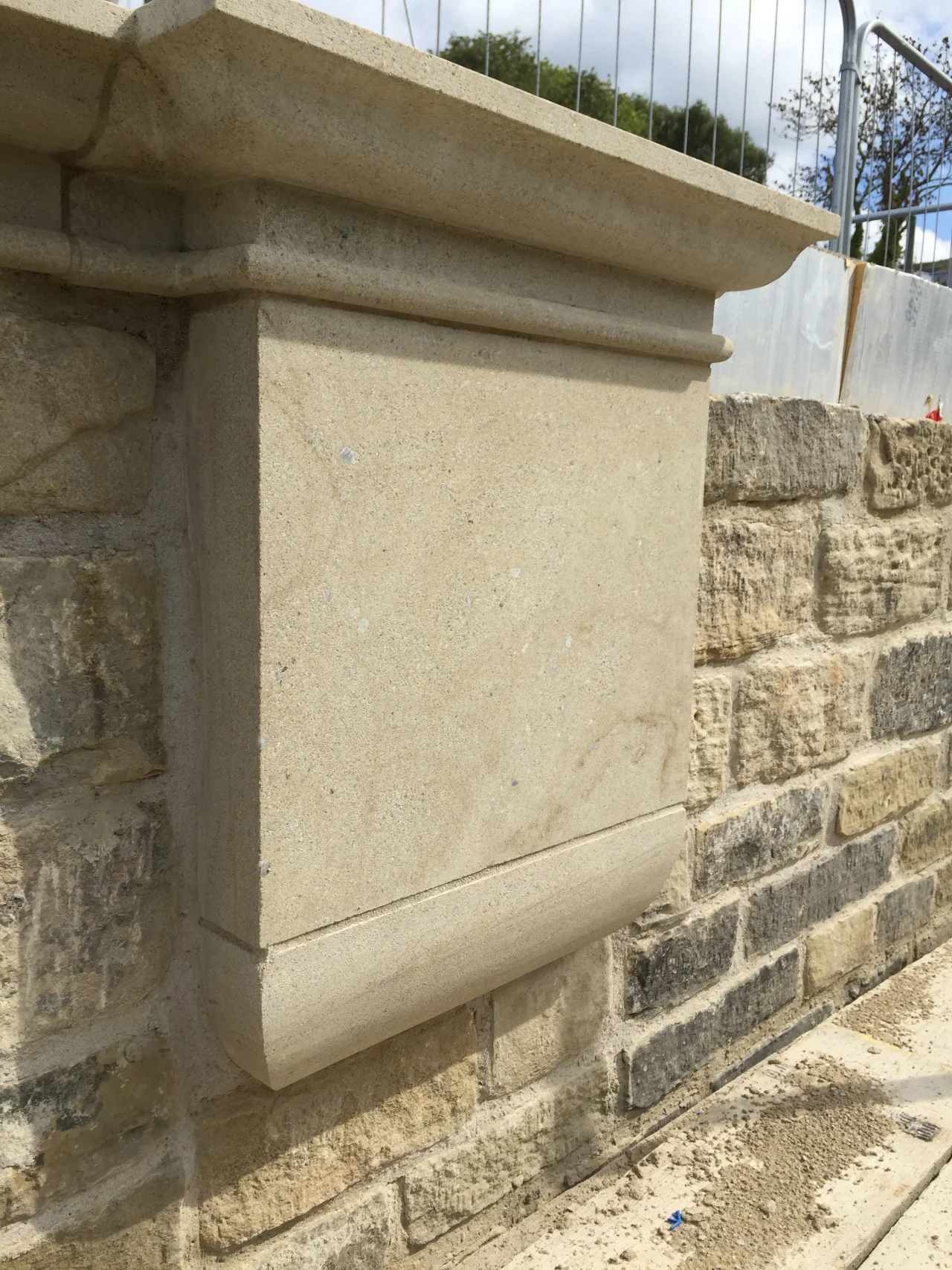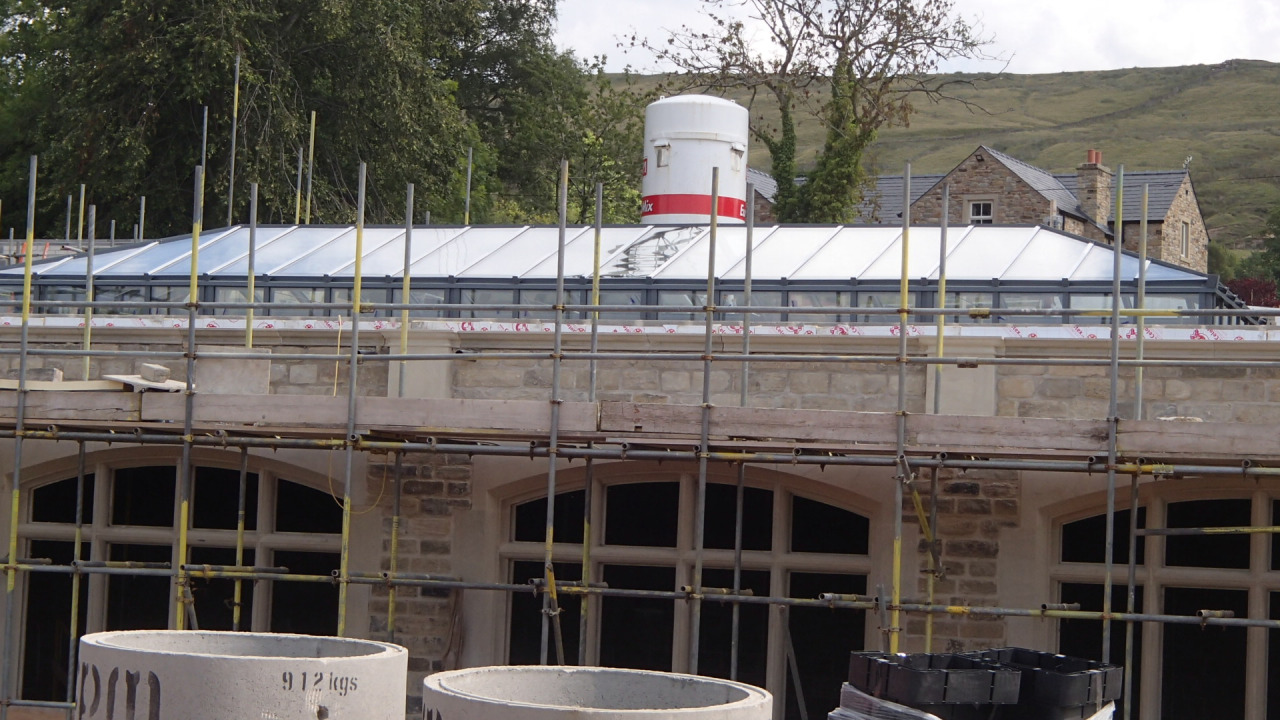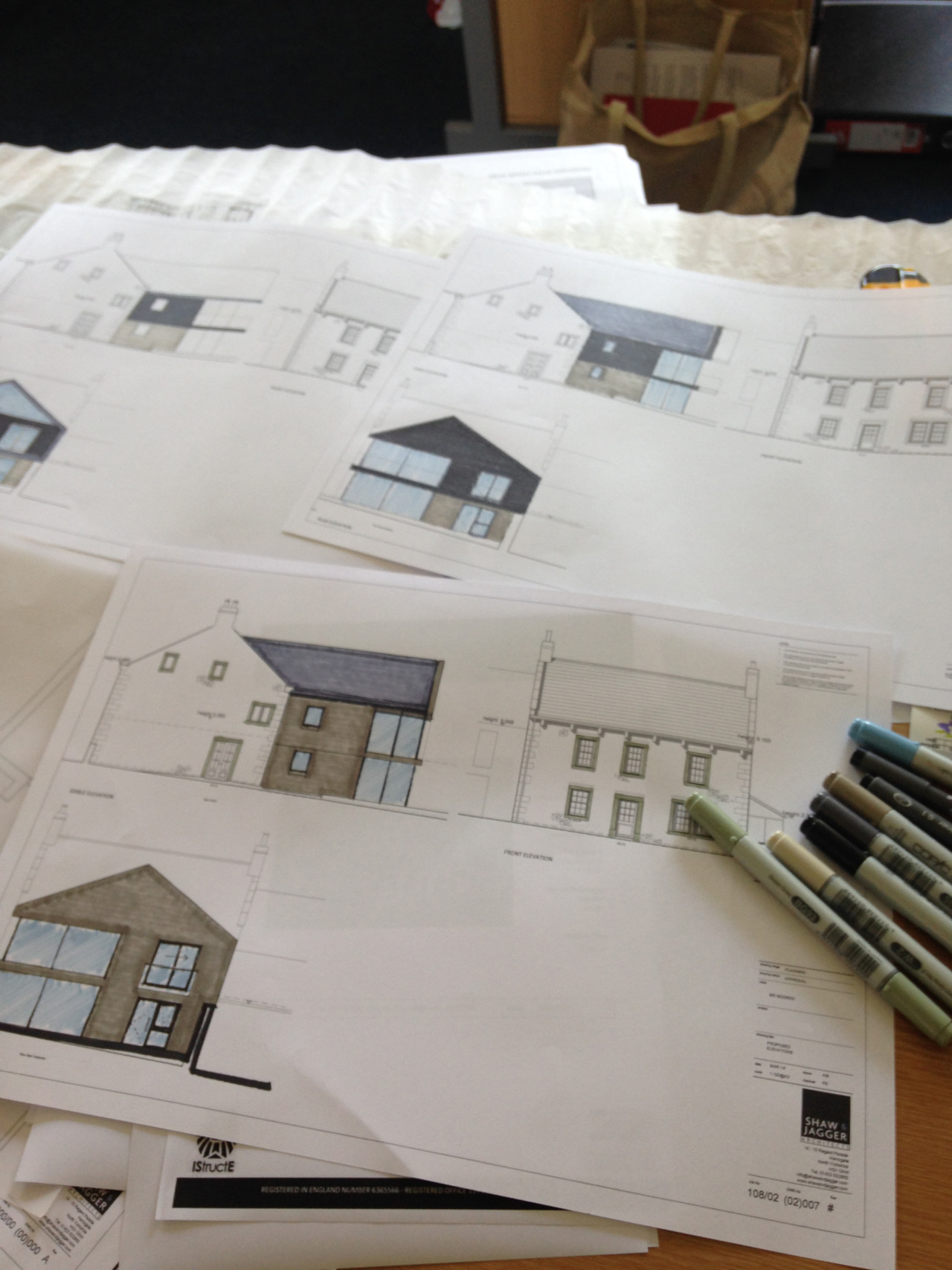PLANNING CONSENT: Paragraph 84, green belt and listed country park setting
Francis Shaw, of Shaw and Jagger Architects of Harrogate and Cheltenham, is delighted to announce the approval, by appeal, of a new neo-classical country house in Lancashire. Approved under the NPPF policy paragraph 84e, in green belt and sited next to listed parkland and heritage assets. This planning achievement is very rare. The national planning policy, Paragraph 84e and its predecessors go back to Lord Deben’s (John Gummer) Country House Law, PPG7 in 1997. Since then, under this policy exception, only around 150 houses have been approved. The vast majority of these are not in green belt or near a listed park with a major country estate. Shaw and Jagger Architects achieved the first large country house in green belt and as a paragraph 55 application (now paragraph 84).
The approved design, located in parkland outside of Blackburn. Is a fine neo-classical Villa based on the work of James Wyatt and Sir Jeffry Wyatville. The design is purist elegant Villa set in a purposely designed parkland. The house is approximately 20,000 sqft over three floors, the accommodation includes six bedrooms, drawing room, family room, a large kitchen and an orangery and swimming pool. There is a basement carpark and entertainment suite. Whilst the design had to meet stringent design standards, which are judged by an independent design panel, the substantial building also had to meet the very special circumstances required to pass the benchmark of a green belt exemption. Added to this was the listed parkland and heritage assets and the impact of the design upon the listed setting. The design panel deemed that the carefully designed landscape and architecture had met the very high standards required. Despite design of the new building meeting passive house requirements and the new landscape improving the Biodiversity Net gain by nearly 90% over 16 acres, Ribble Valley Council refused the application.
As such, the application was taken to appeal and the Inspector, Mr Dean, saw fit to approve the development. In his detailed, twenty-page, decision he states…
‘Indeed, it is clear from the substantial evidence of experts in the field that the design of the proposal, its orientation, scale, detail, proportions, relationship to its site, the wider context, size, scale, form and layout all represent the highest standards of architecture. These conclusions are wholly consistent with the well-reasoned and developed design rationale set out by the architect themselves.’
He further adds…
I accept that the proposal would result in a change to the area, but change is not analogous with harm. There is no compelling evidence before me to the effect that such a change would be harmful or otherwise unacceptable. I therefore find that the proposal would and could be successful as a piece of new traditional architecture, with its well-reasoned and well-considered approach to its site and surroundings. This exceptional quality design would raise standards of design in rural areas, by demonstrating the depth of thought, reasoning and background needed to deliver such quality.’
‘The proposal then, offers an unusual combination of traditional, classical appearance and architecture particularly in terms of scale, appearance, proportion (including the amount of glazing), with traditional finishing materials, and a modern, forward-looking approach to built-in energy-efficiency and sustainability. This adds weight to my conclusion that the proposal reflects the highest standards of architecture, successfully marrying the traditional and the modern, and in doing so would raise standards of design in rural areas.
History does not sleep, and whilst the proposal would be a change in the site, it would not remove the ability to understand the history to the site, and indeed, the history of change across it. I have found above that the proposal is not inappropriate development in the Green Belt, that its design is of exceptional quality, it would not harm the character and appearance of the area, would not harm the historic environment, that the site is a suitable location and that there would be no harm to the natural environment.
The proposal sits within, and continues the English country house tradition, and in particular, the Lancashire expression of it, in a landscape and area, which although of value, has nevertheless been subject to and will continue to be subject to change. I have found that the proposal, including its exceptional quality of design is appropriate change in that context.’
The inspectors detailed analysis and justification will no doubt be used by design teams to aid justification for other projects as this permission is something of game changer in planning history. Shaw and Jagger Architects are pleased to add yet another Paragraph 84e achievement to their long list of successes. Francis Shaw added, “we are often employed to do the tough projects, the projects that others do not want to take a risk on. It takes a lot of hard work, research and above all a great team, to make a success of these projects. They are not for the feint hearted and we always advise clients of the risks, but we are most often successful.”
Lancashire Country House Hoppers
The first of the bespoke lead hoppers are on site having finished the process of sand casting. The hoppers have been designed in house and modelled by Francis to create a plaster mould from which to create a sand cast template. Below are the process photos from design to finished product.
Site Progress - Arts and Crafts Country House
Progress is going well on site with the build of the main house now up to second floor ready for the roof structure to go in. The out buildings are nearing completion with the only external feature remaining being frameless glass projecting window. The pool hall the roof is now ready for felting and tiling with the joists in place. We think the alignment of the tie rod trusses is spot on! This project is looking like it will be truly spectacular.
New Build Country House Lancashire
Works are nearing completion to our Country House scheme in Lancashire. The pool tiling is finished with the tiling to the bathrooms and hallways well under way. The internal joinery and cornices are almost fully installed and the beautiful stone staircase is in the process of being fitted. Outside the external works are continuing with garden walls, gateposts and driveway all commencing at the same time.
New Build Country House, Lancashire
Work is progressing well on the construction of this new country house. The roof tiling is nearing completion with the first of the lead roll sections to the ridge going in place today. The interior first fix plumbing and electrical is practically complete, with the internal joinery coming together in the workshop. A large number of rooms have now been plastered and nearly all the ceilings are completed, the pool ceiling is even painted. The scaffolding in the pool has been dropped ready for the pool to be cleaned out in preparation for the laying of the coping stones and floor tiles to commence next week. External to the building the lead rainwater pipes and hoppers are being fitted and look fantastic. The first of the eagerly awaited windows to the main house (pool already completed and looking fabulous) are to go in next week two, which means we will see the scaffold start to drop and the house emerge.
New Build Country House, Lancashire
Works are progressing well on site and the building has come a long way since the last update. All the floors are in ready for under floor heating and screed. The roof structure is complete and lead works, breather membrane and battens are going on in preparation for the slates. The coping stones are nearly all on and the finials arrived onsite during the visit, which look great. The first of the bronze windows are in and look fantastic against the cut stone window surrounds. Internally a lot of the first fix items are complete and the MVHR system pipes are going in (red pipes) which snake throughout the building providing fresh air.
New Build Country House Lancashire
Joe visited site yesterday to see how construction is coming along on the new stone built country house. The walls are nearly up to first floor level, most the ground floor window surrounds are in and the rooflight to the pool is on. Work should hopefully pick up pace as the milestone of completing the basement waterproofing is now complete as the last of the plinth stones was put in place at the end of July. We can’t wait to see the view from the first floor.
Planning consent has been granted on the careful rebuild and extension of the farm complex in Lancashire previously talked about. The Client moved away from the vertical timber cladding in favour of Corten Steel for its reduced maintenance cycle and aesthetic. Work will look to progress in the year.
Lancashire
On My Desk Today: Mostly working on a new build extension to a farm complex in Lancashire, sketching out some initial ideas over the existing elevations.
New country house, Lancashire
Planning Update: A New Country House in Lancashire has received planning approval for a new build 18,000 sqft Jacobean Manor House. The scheme is due to start on site in the near future.








